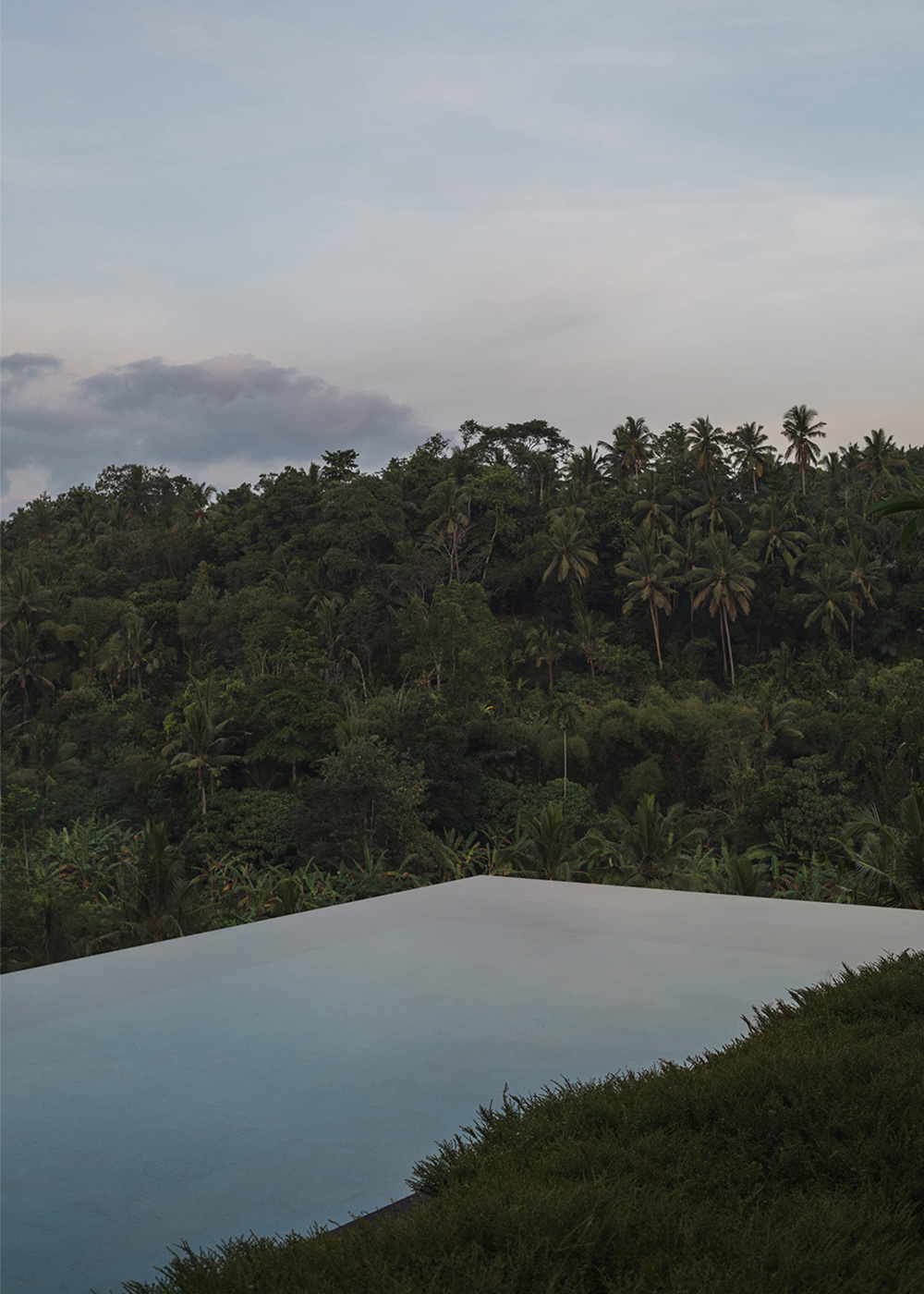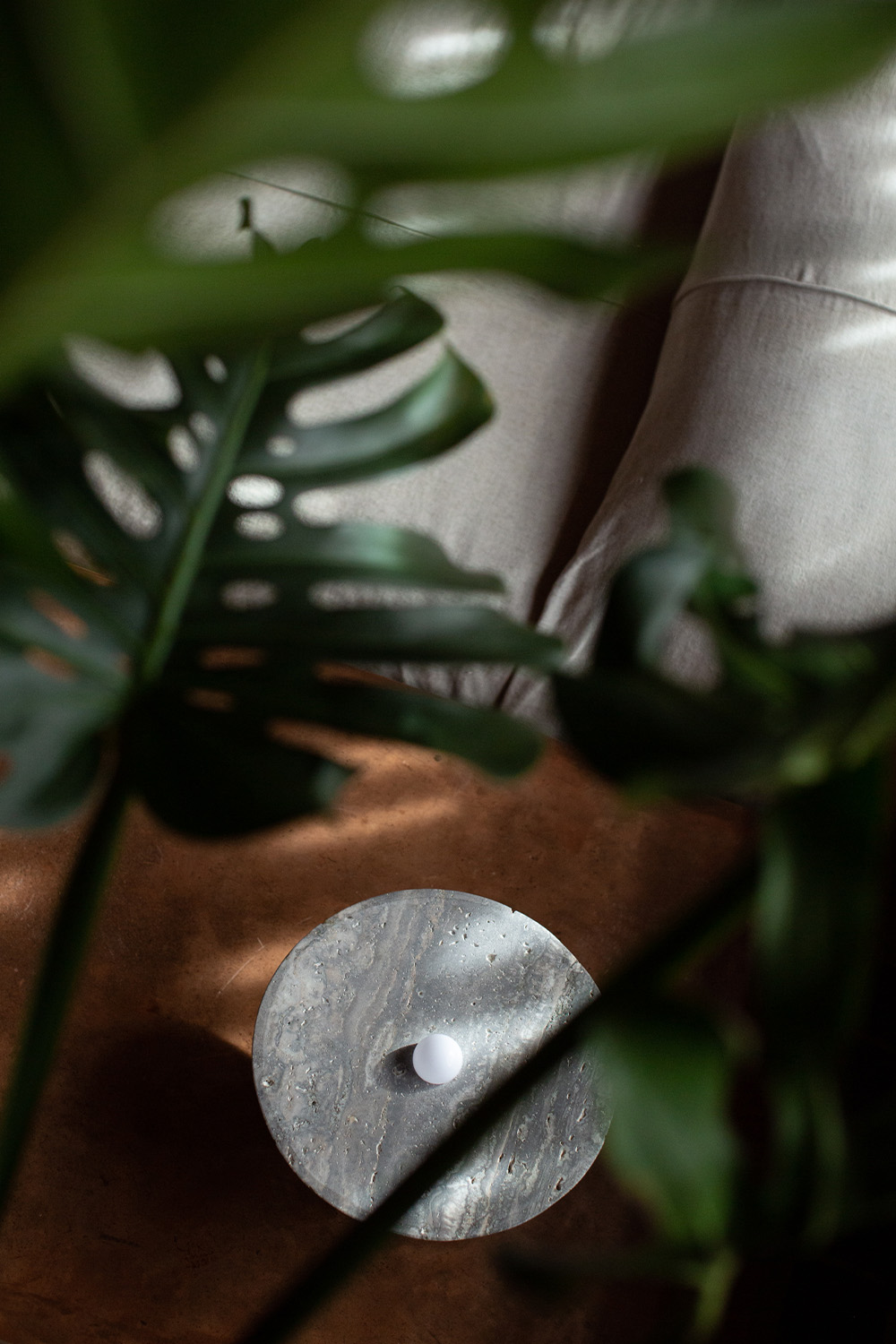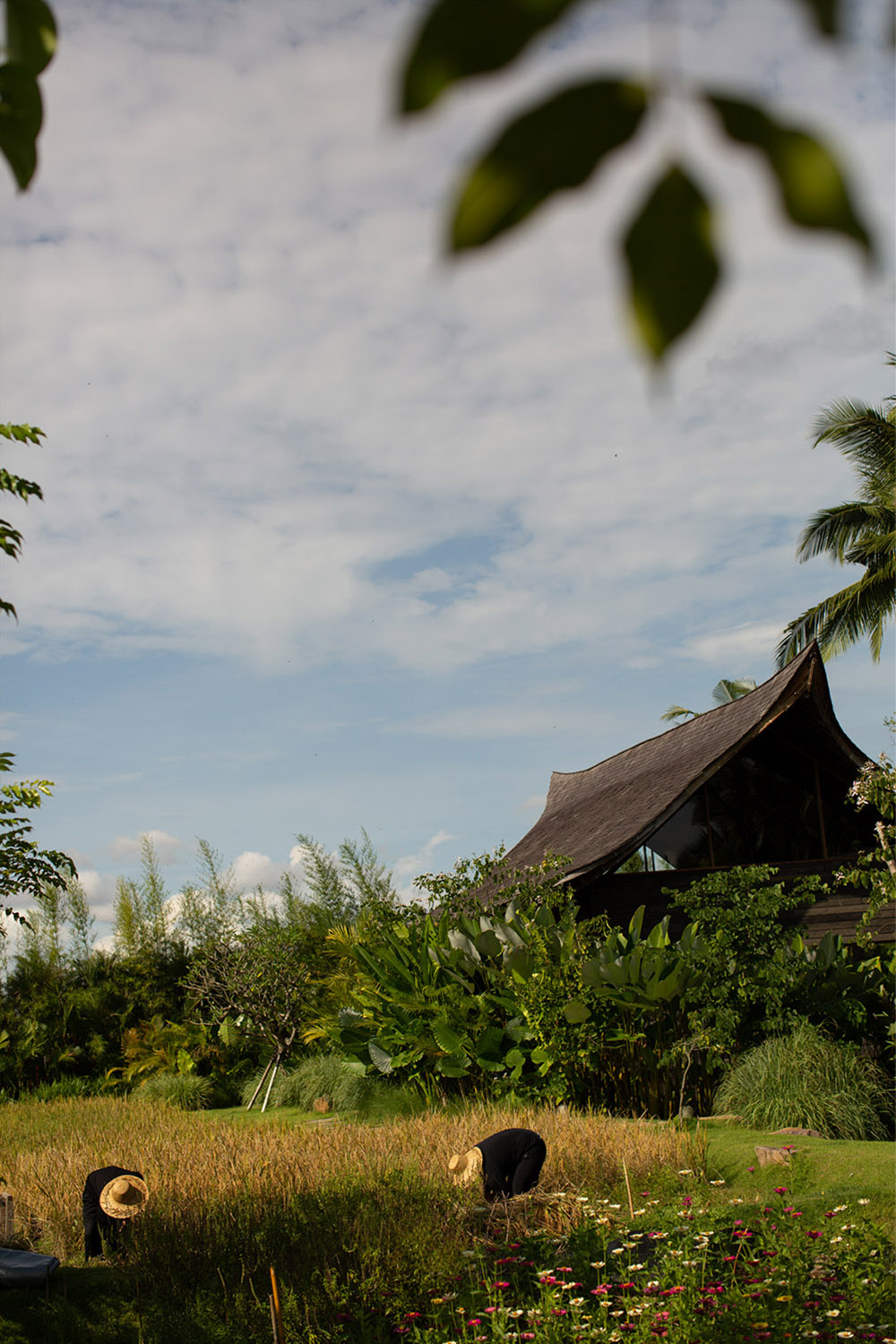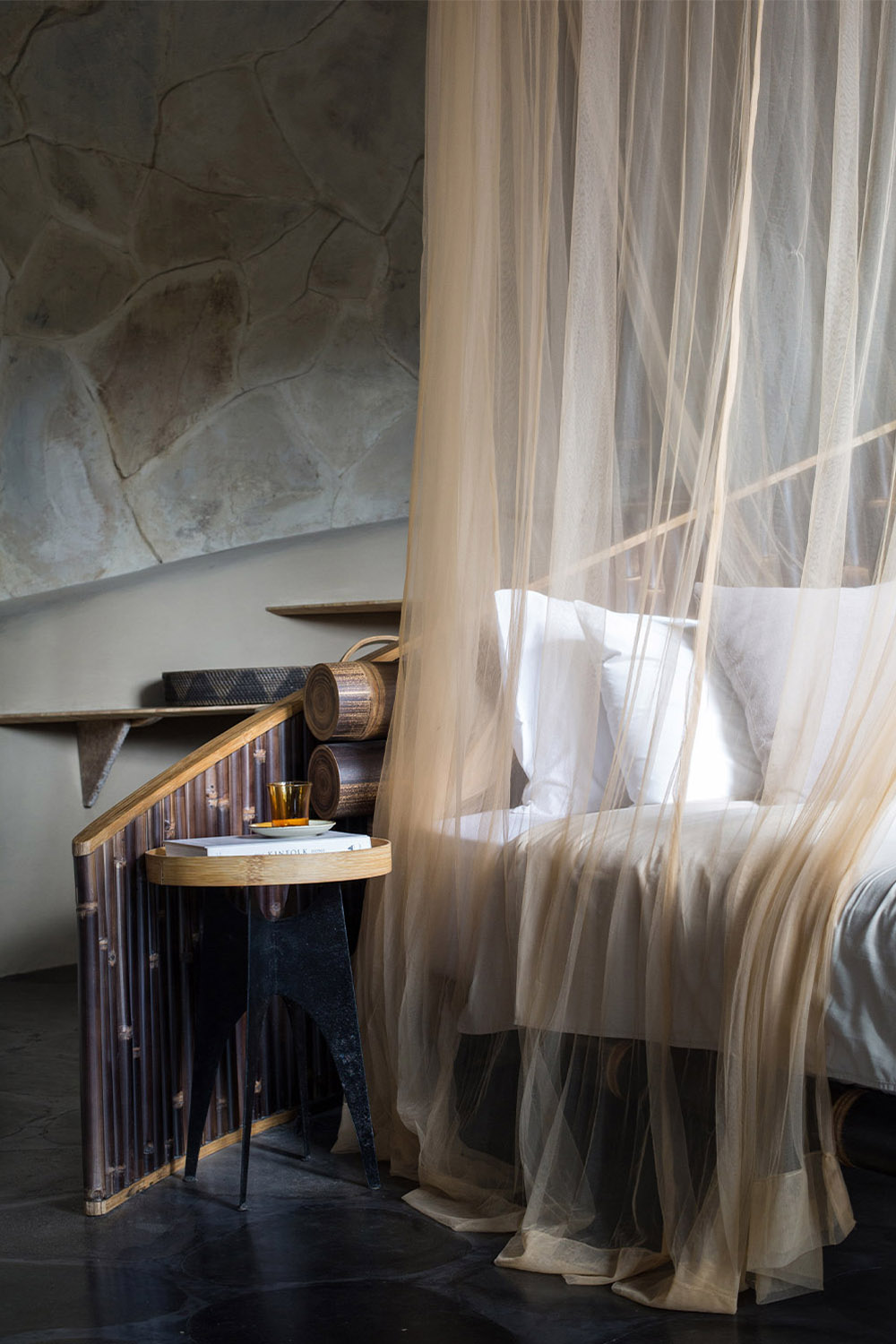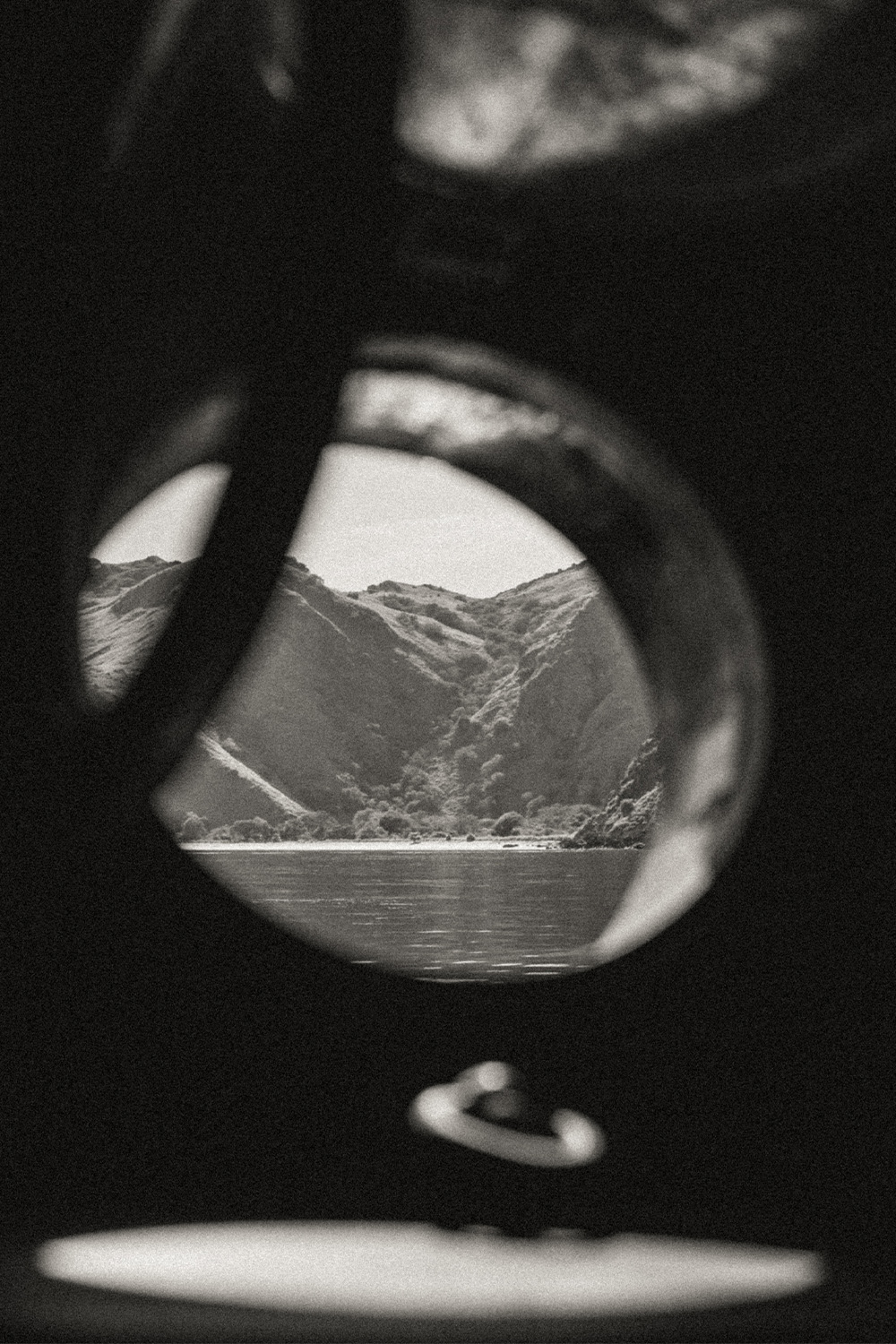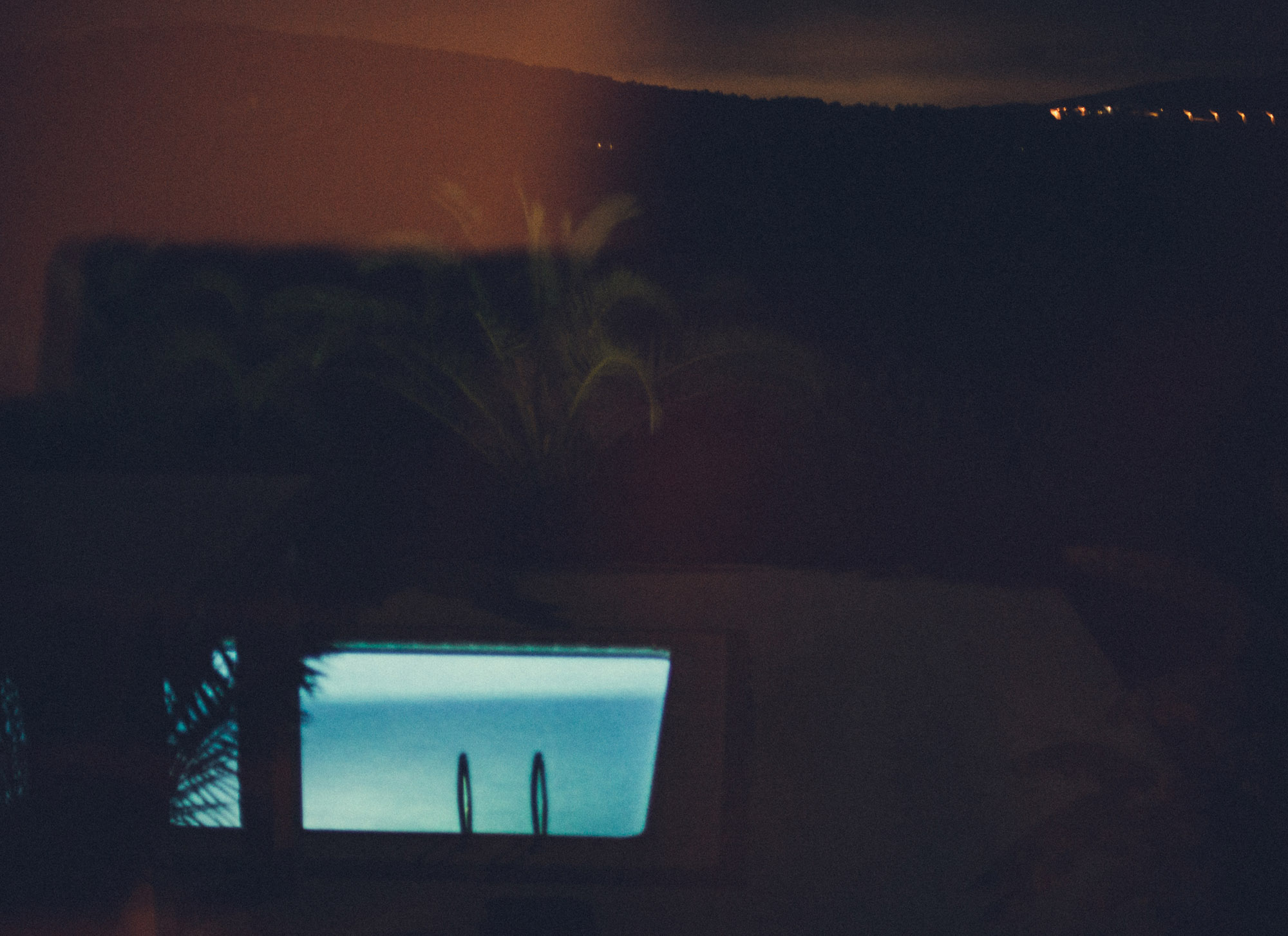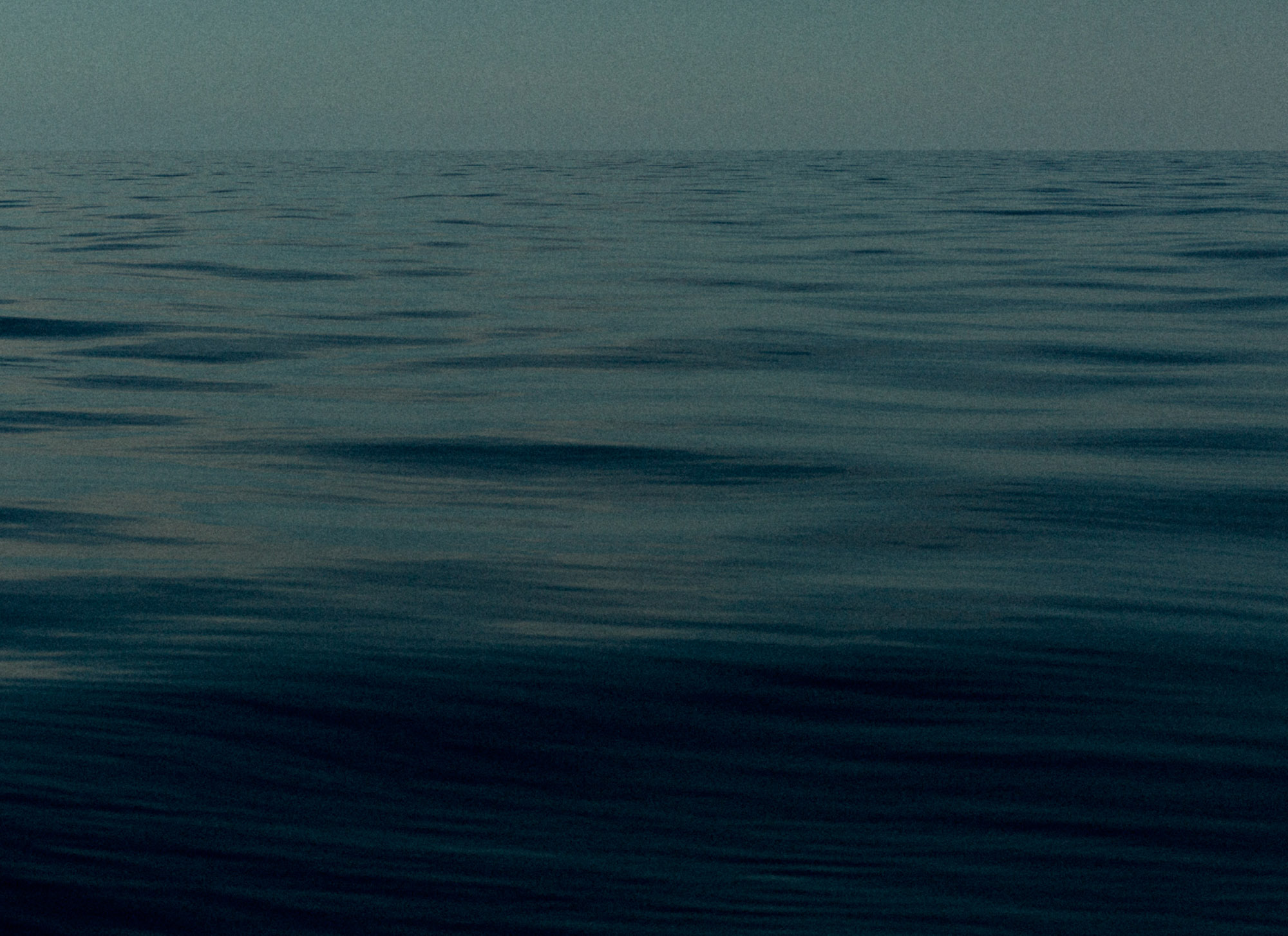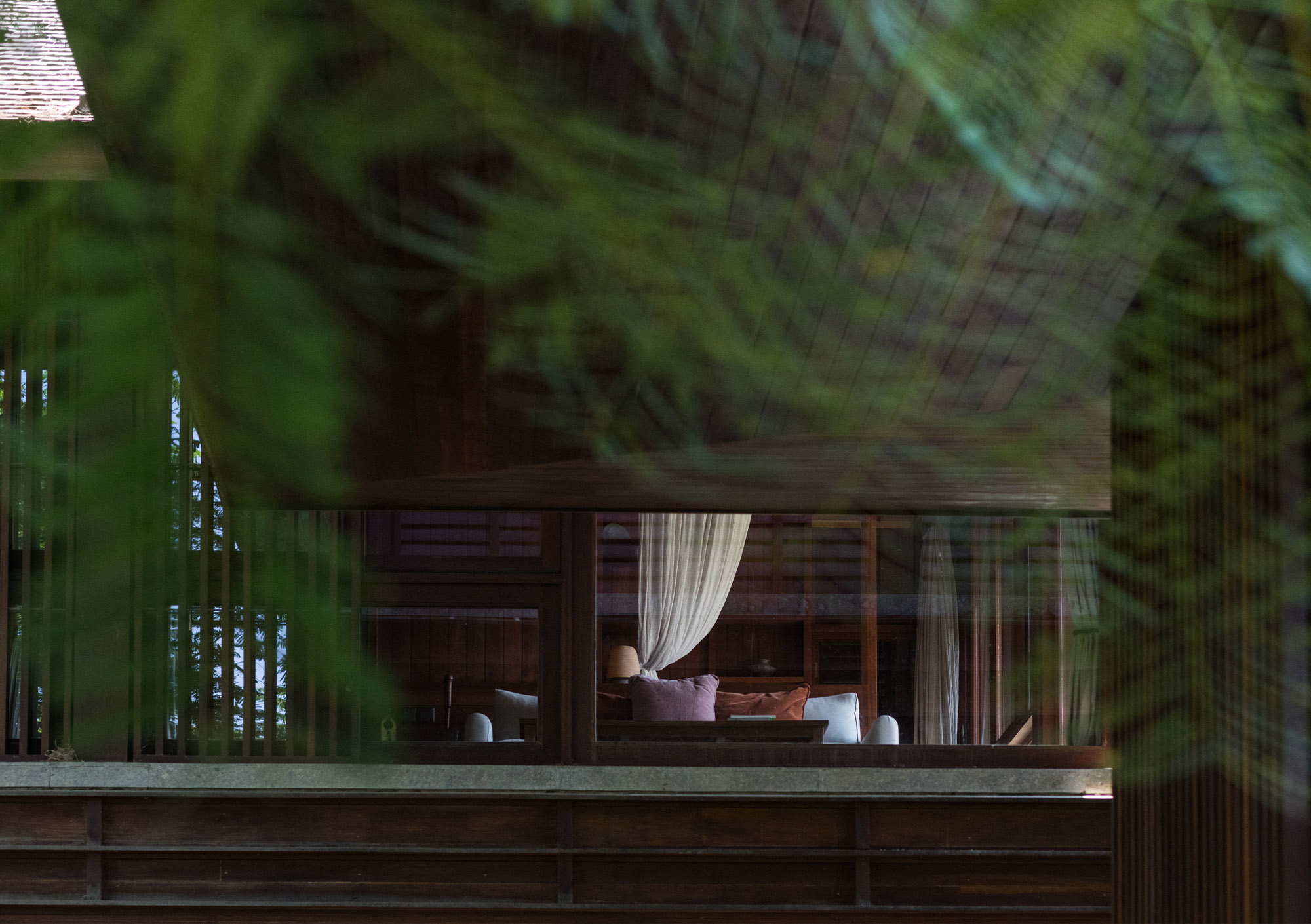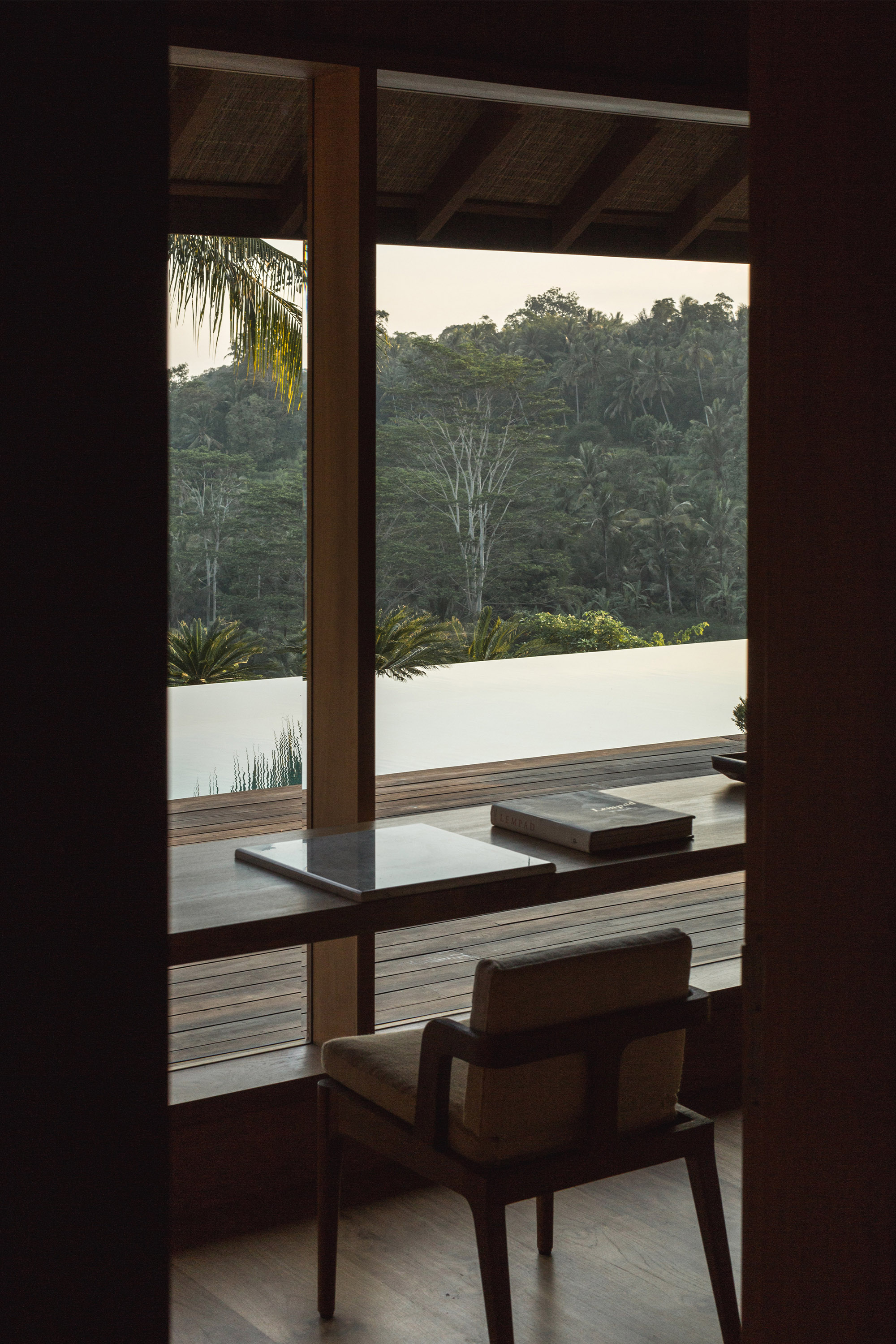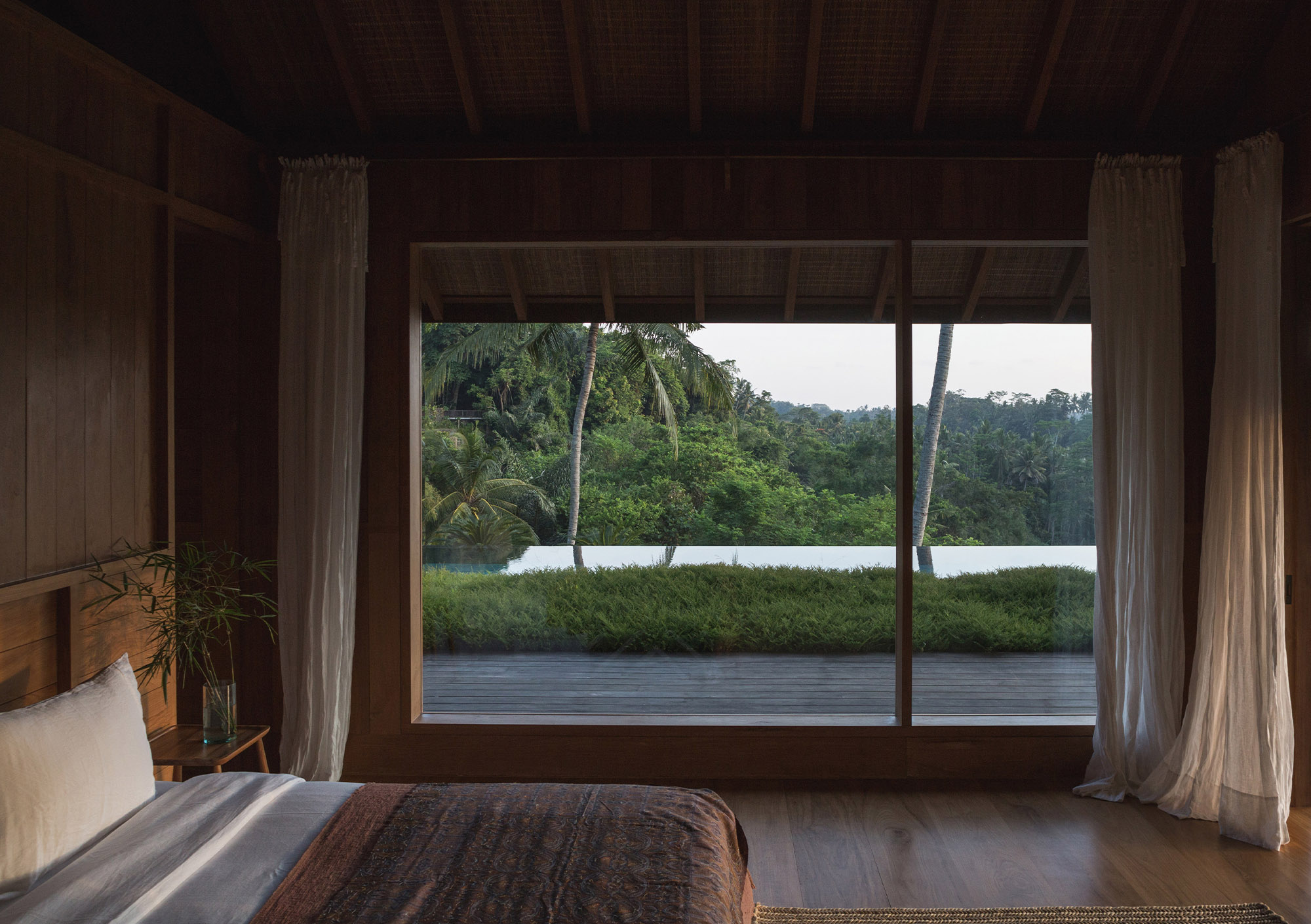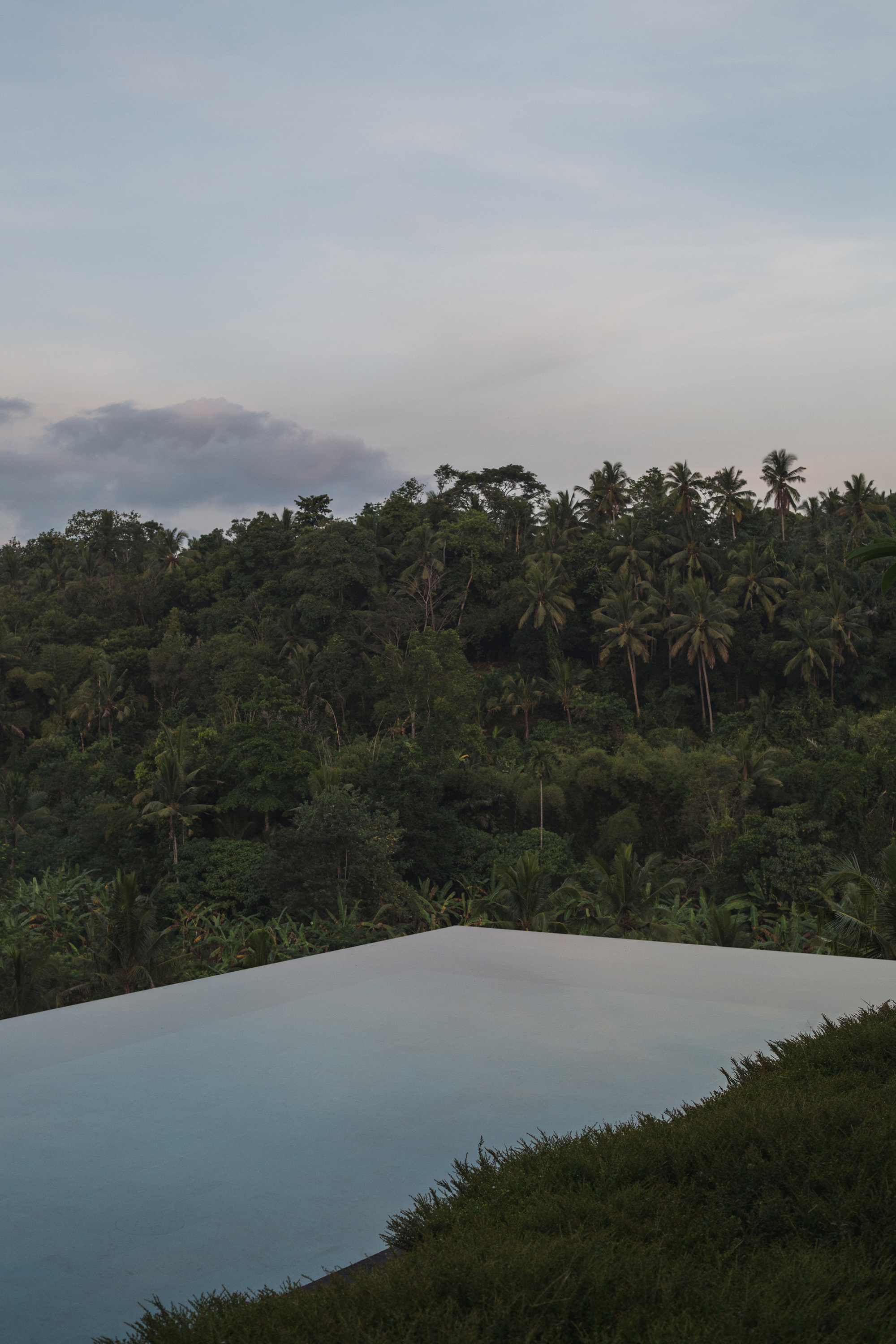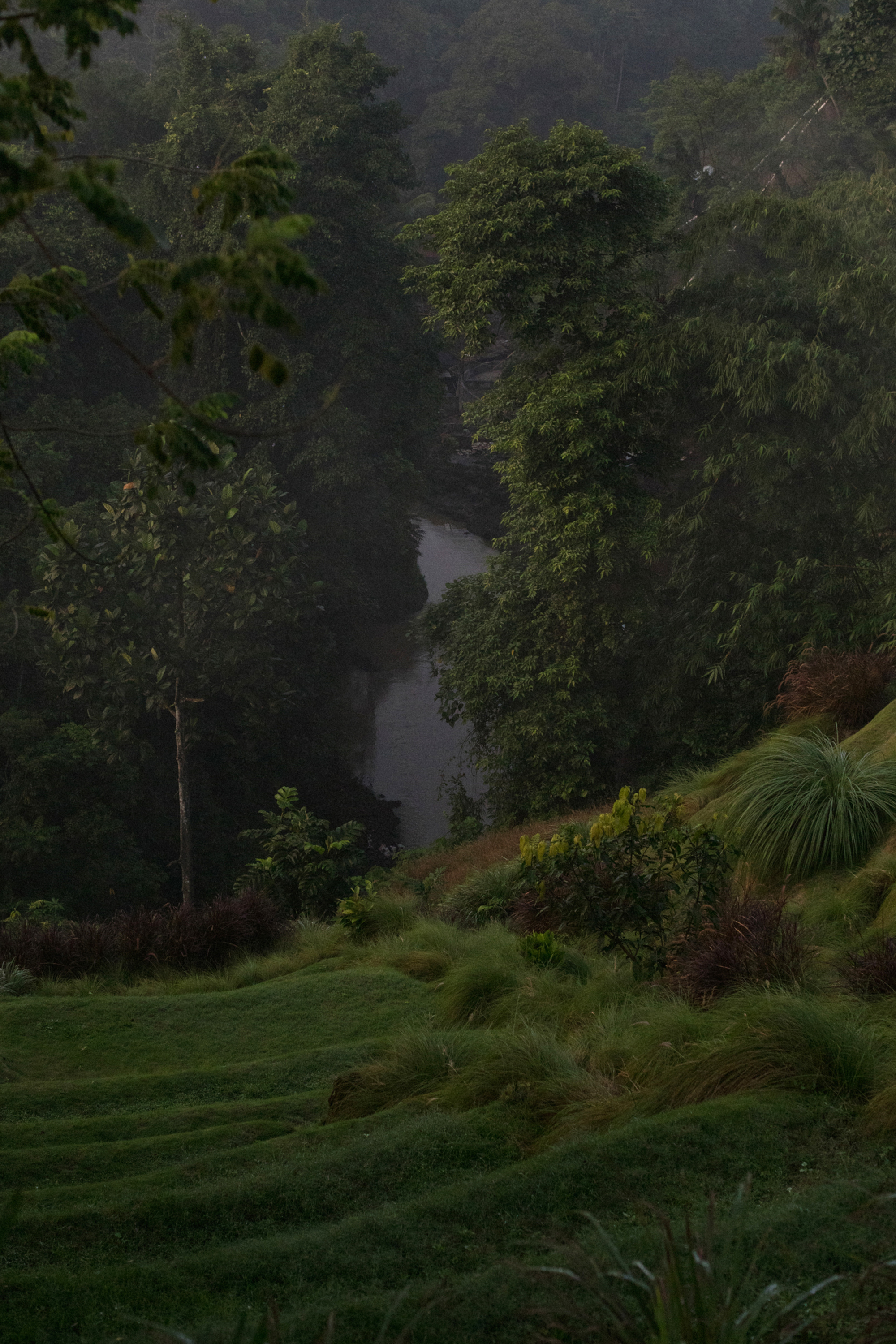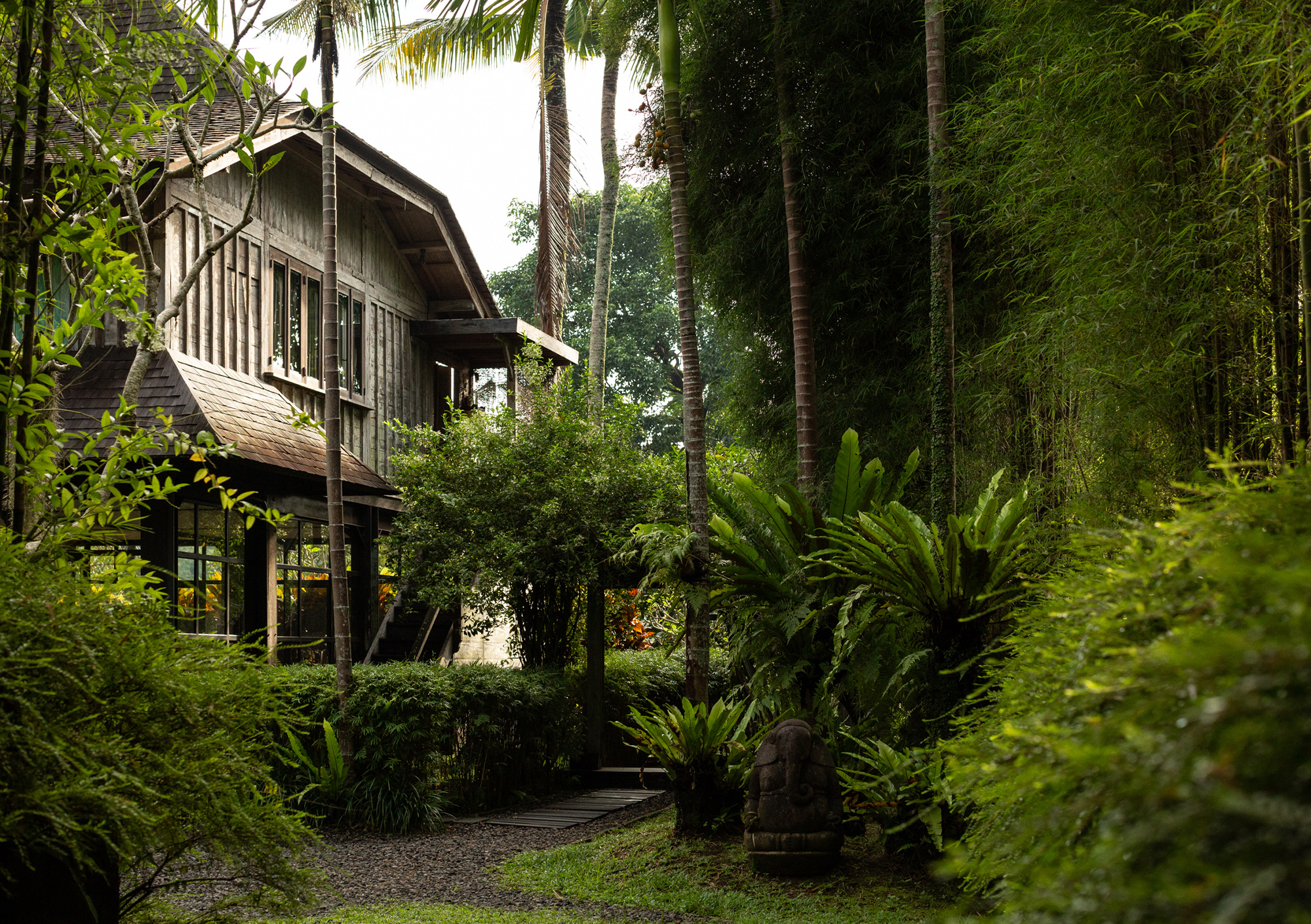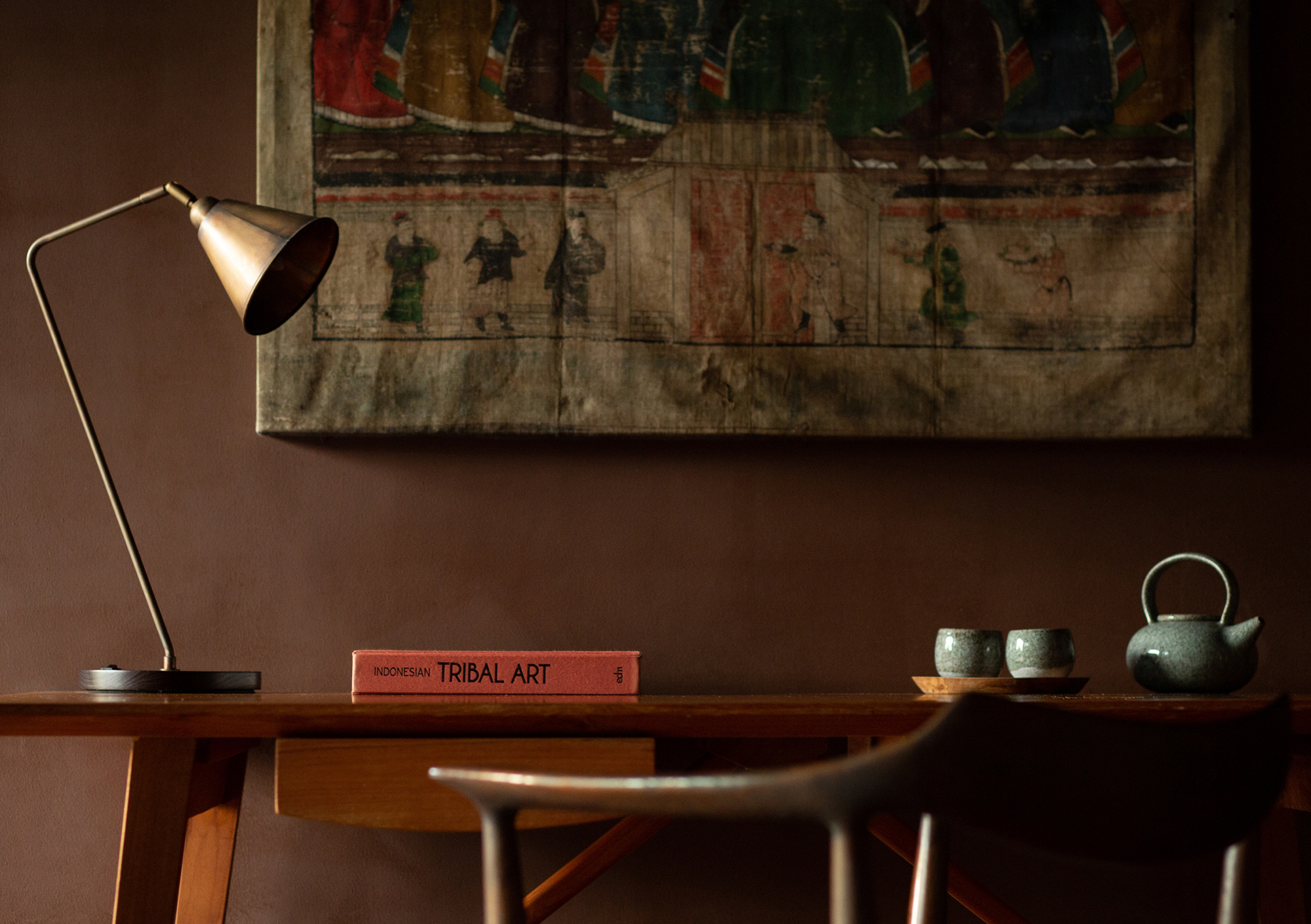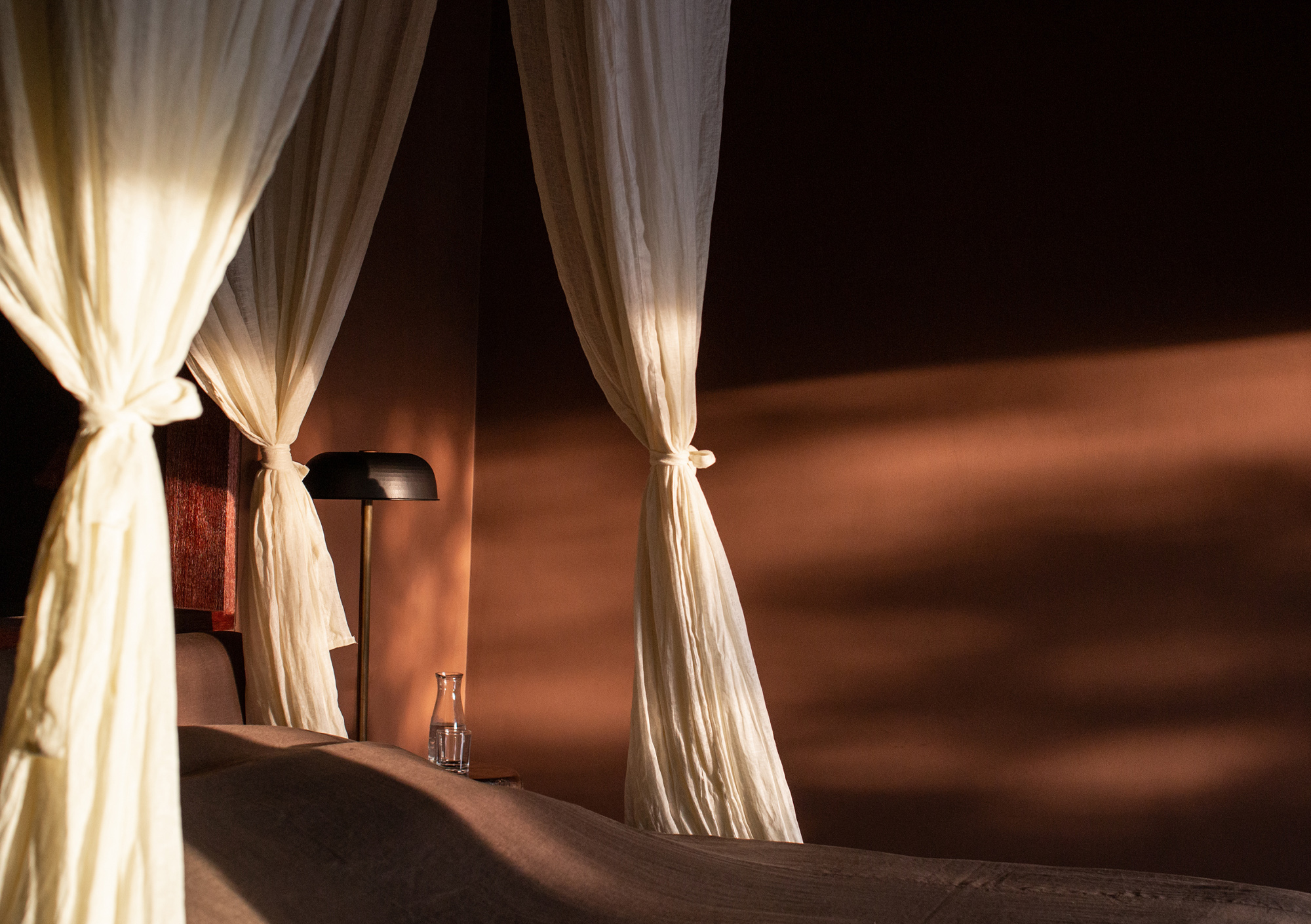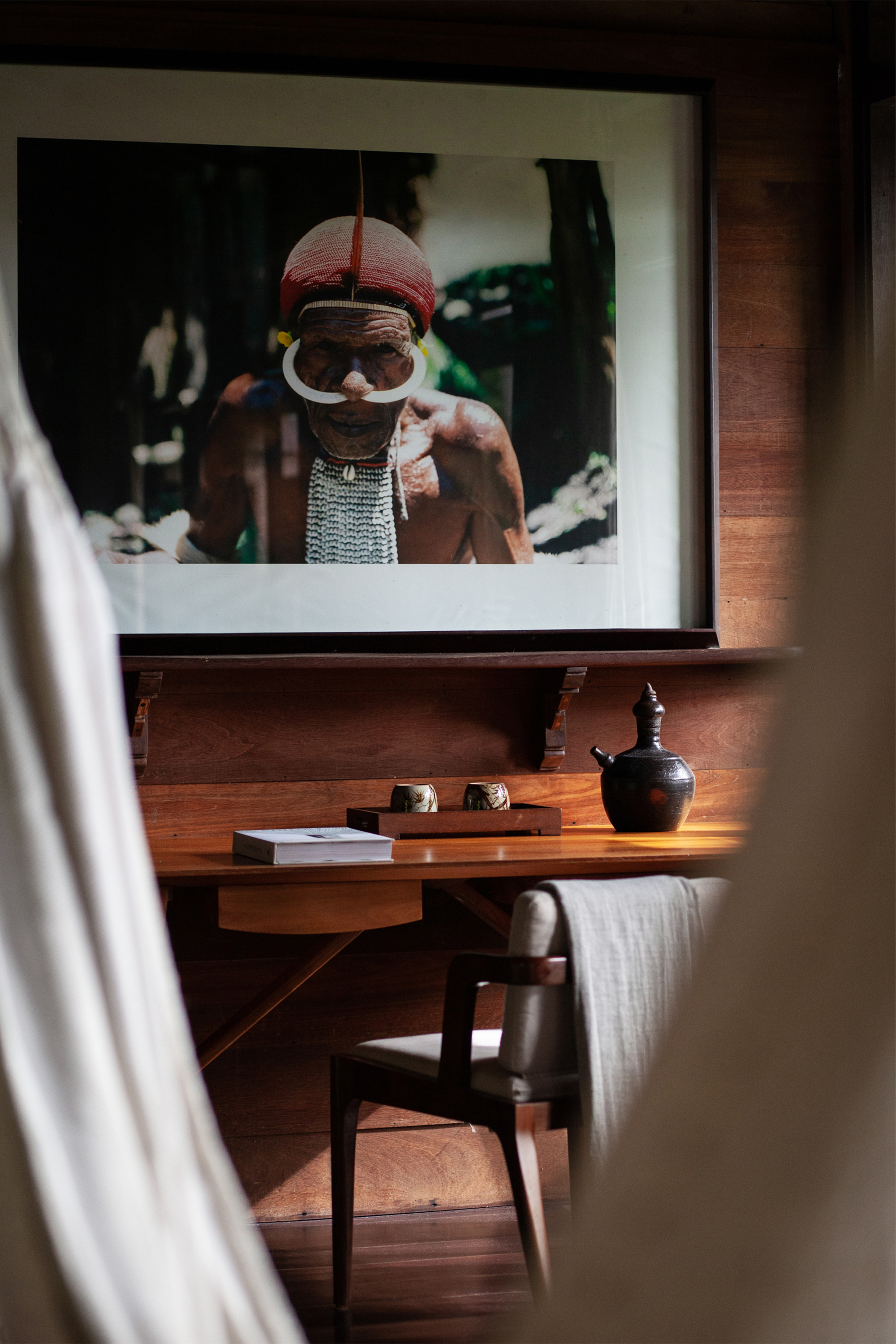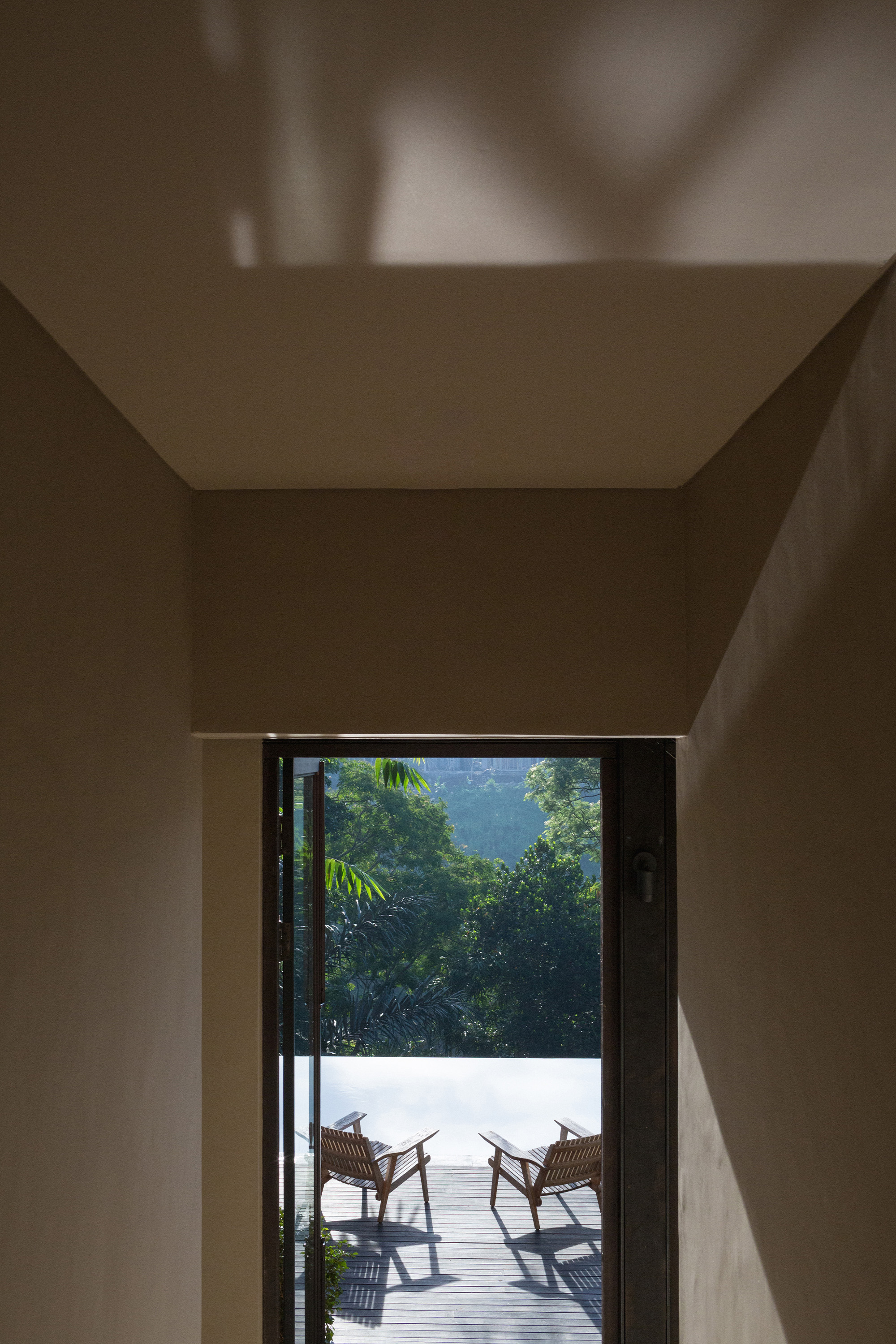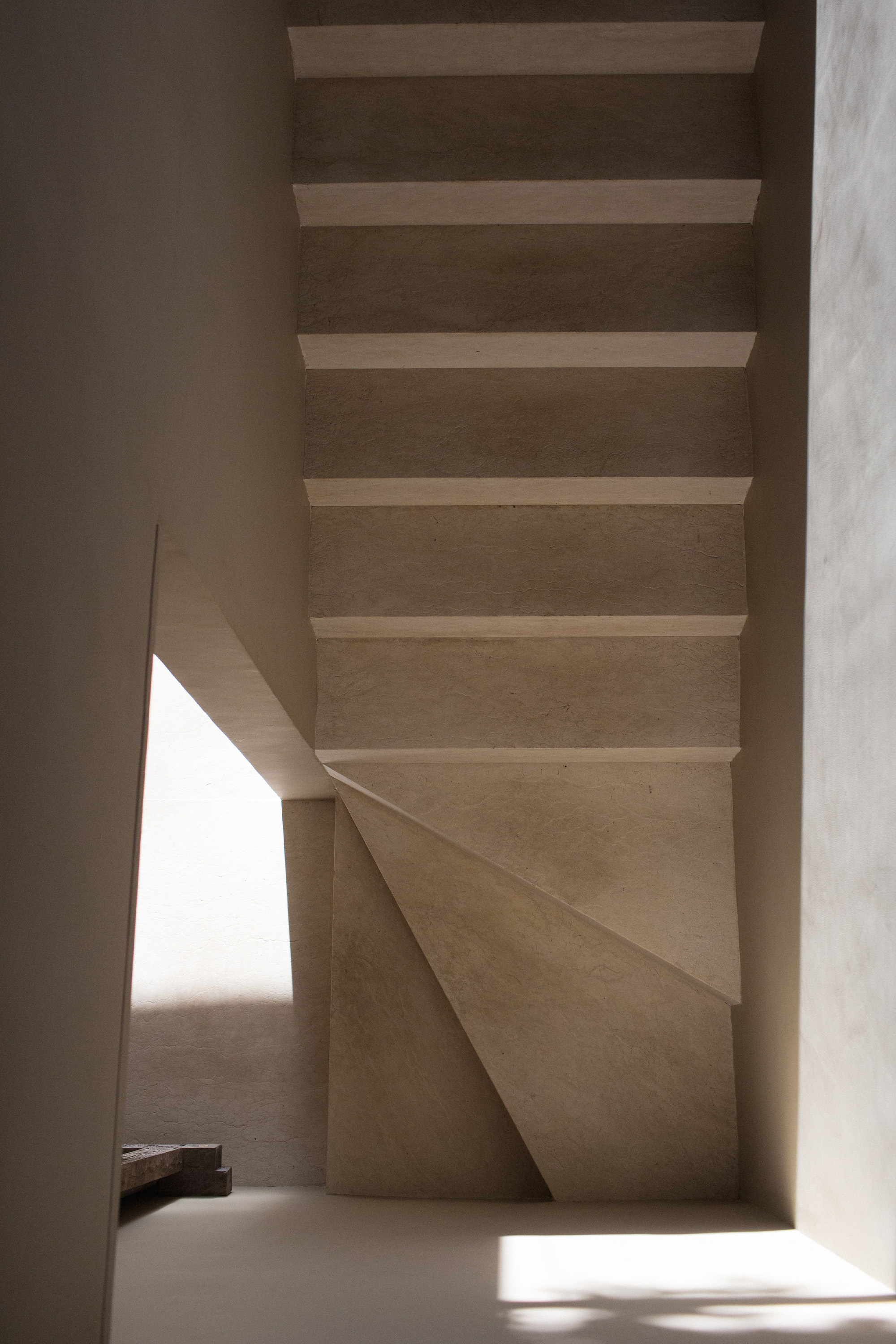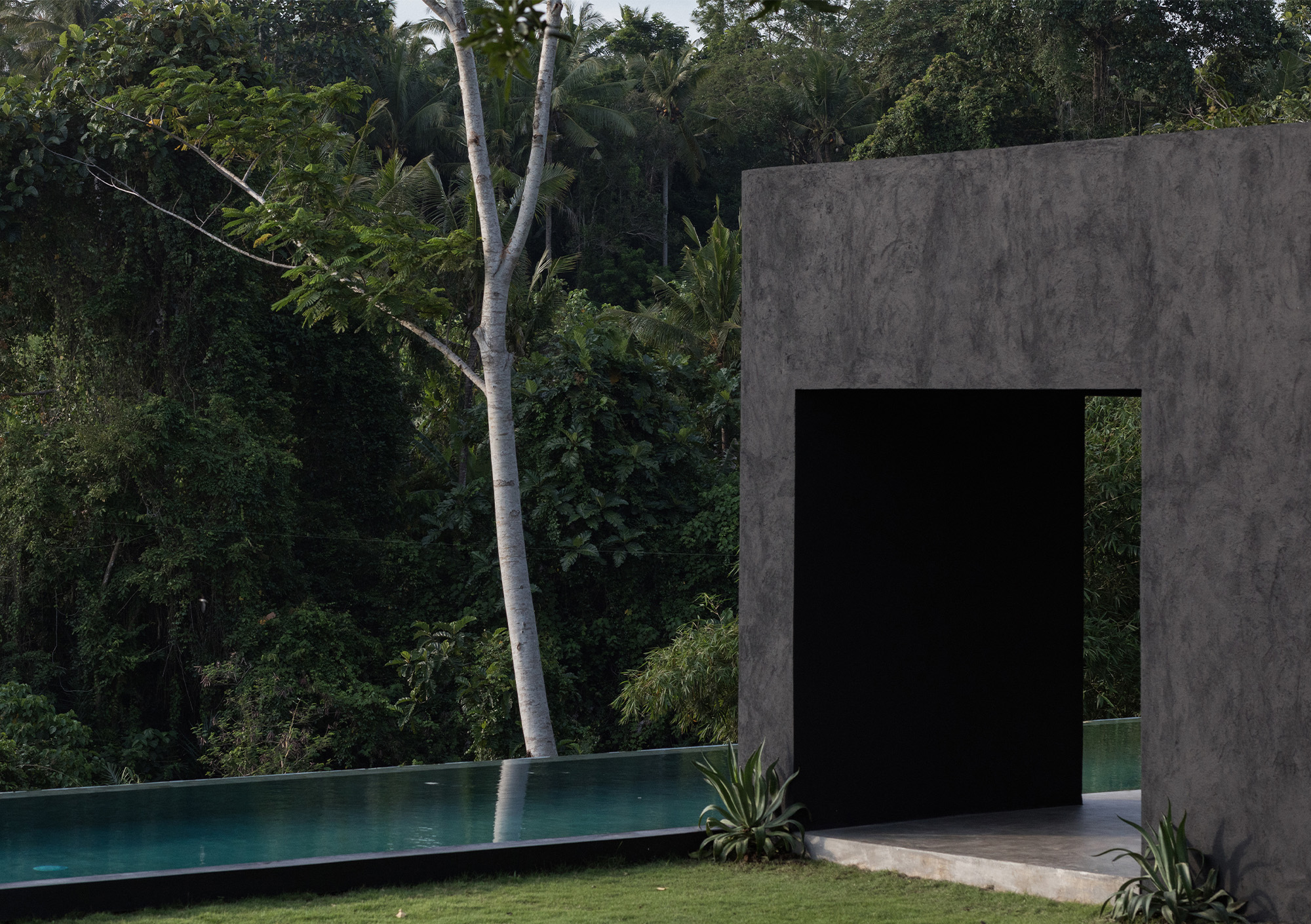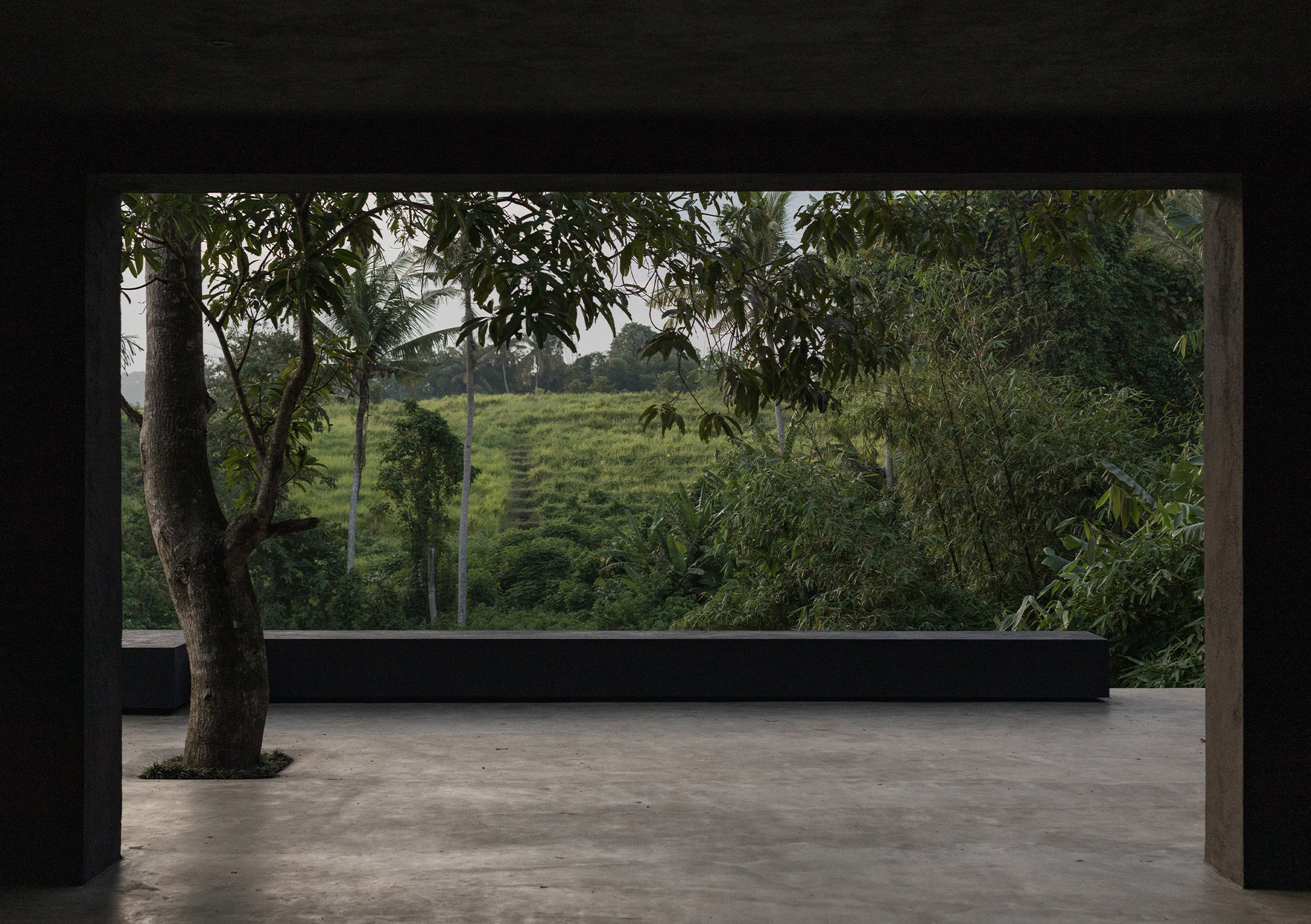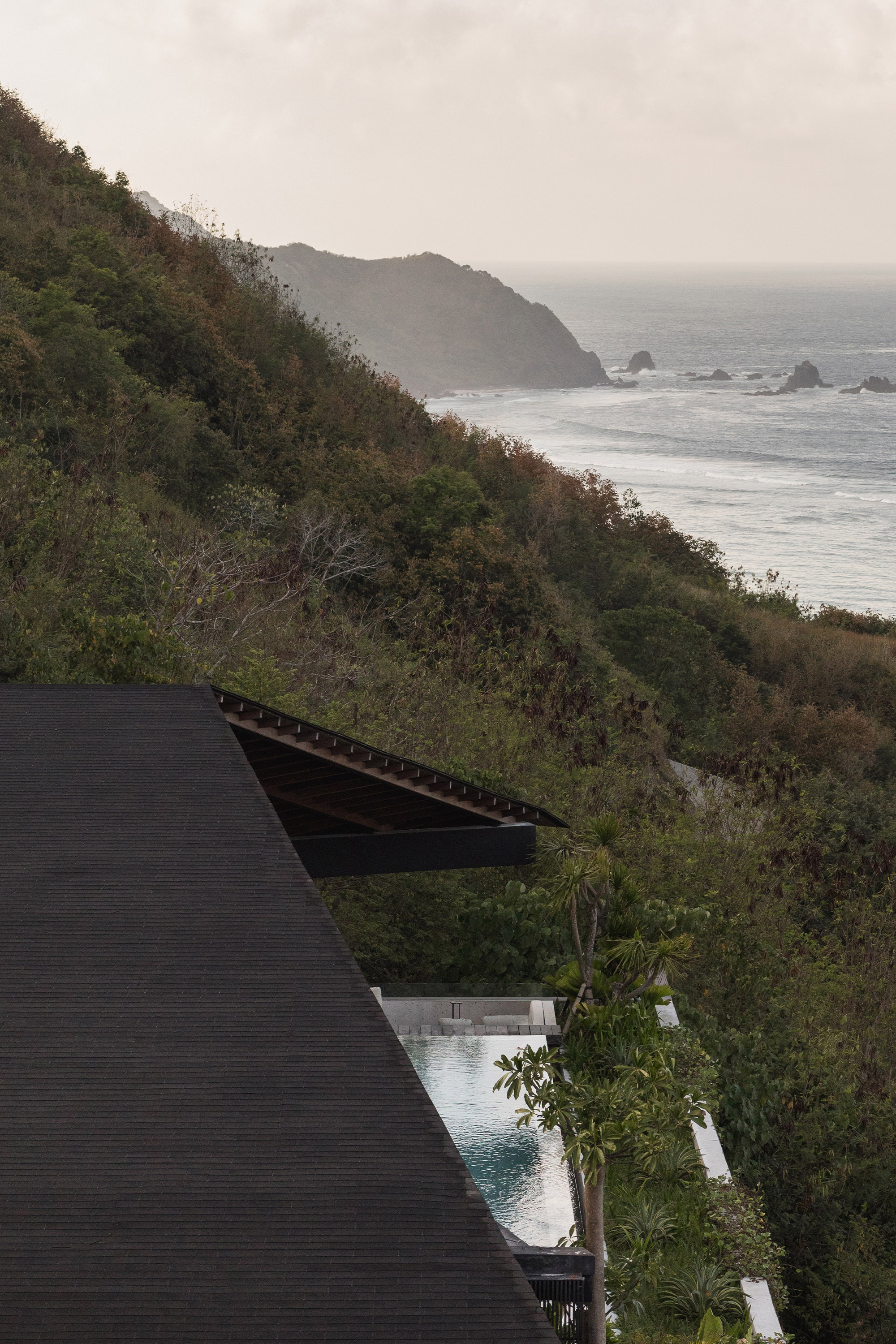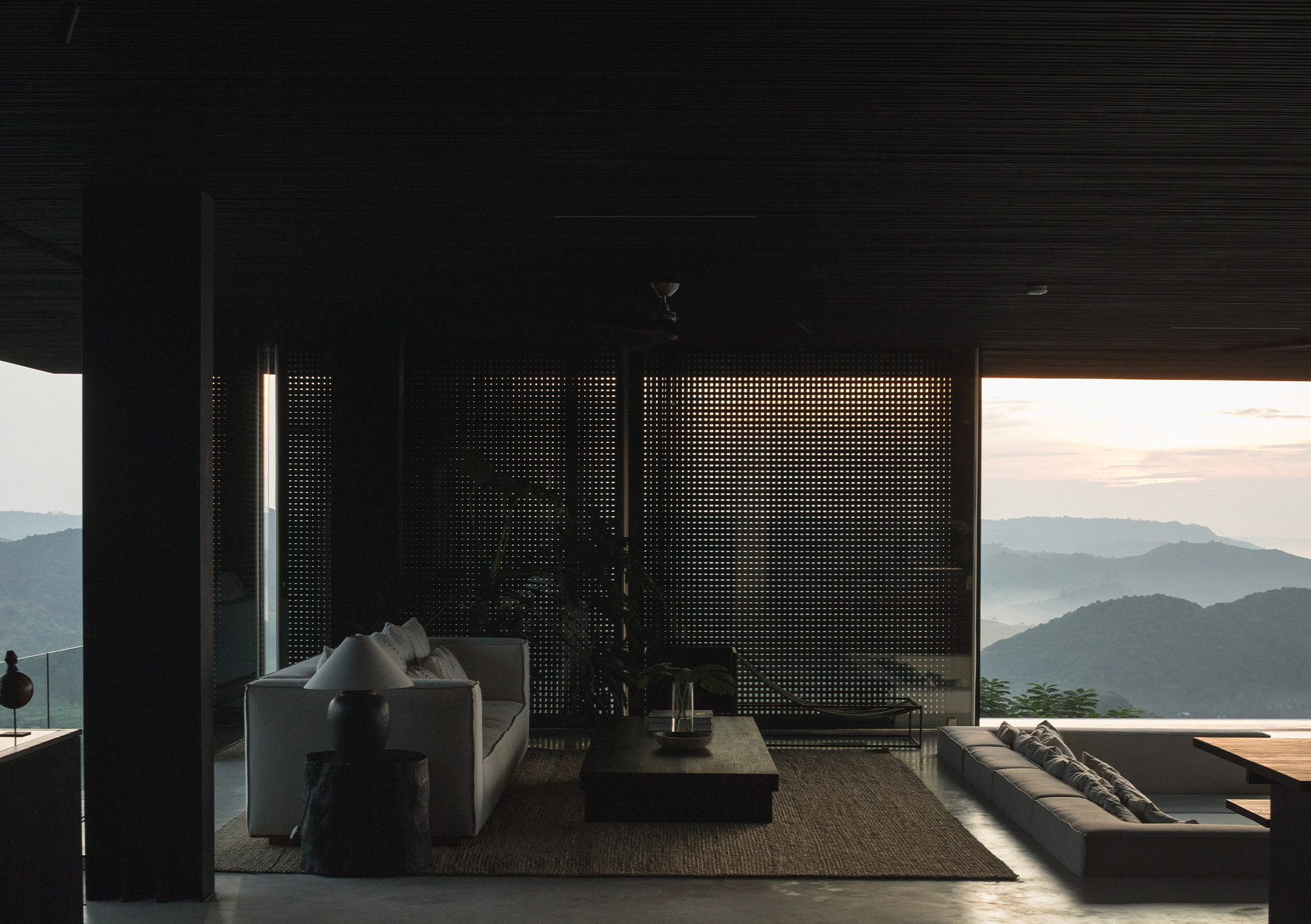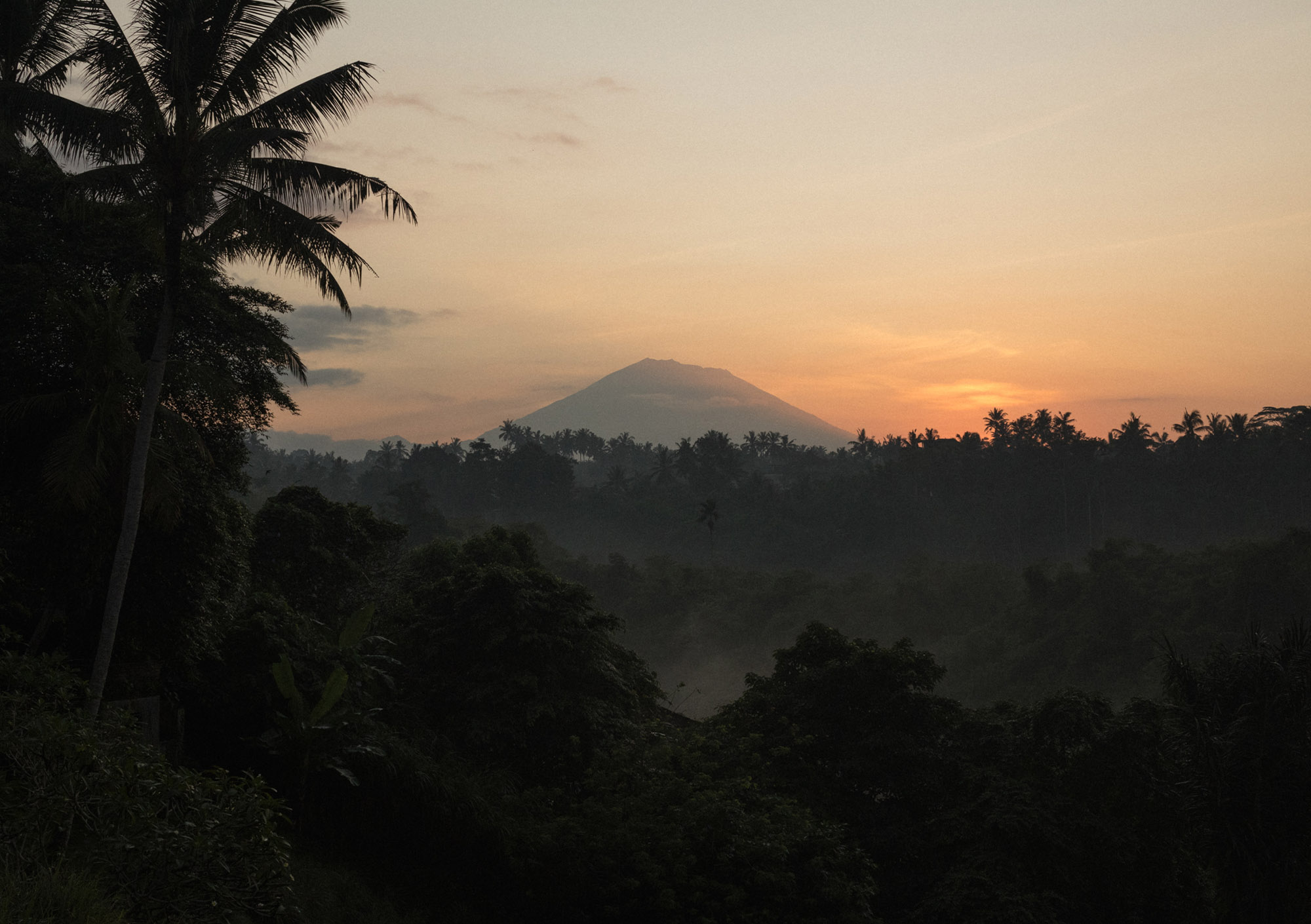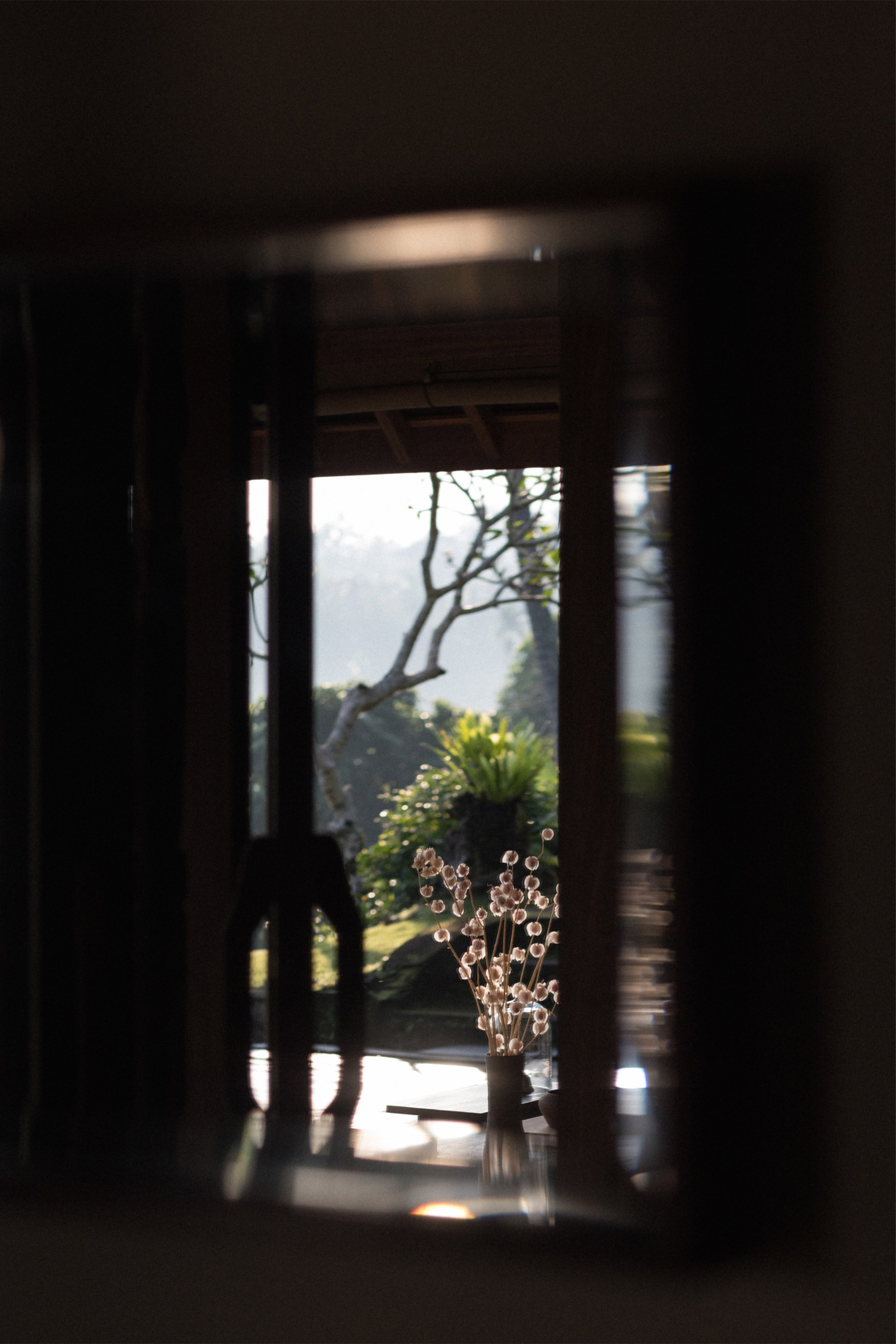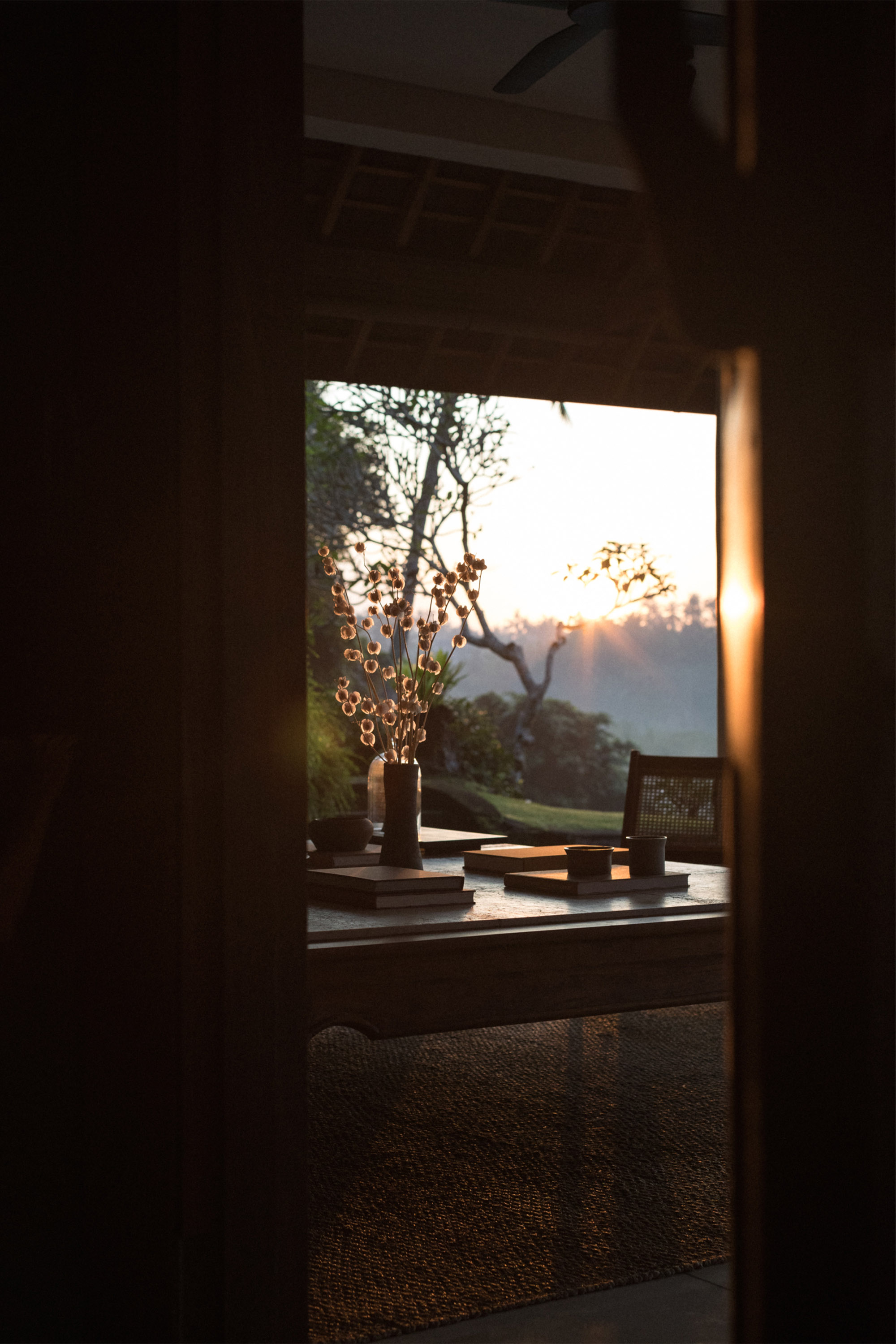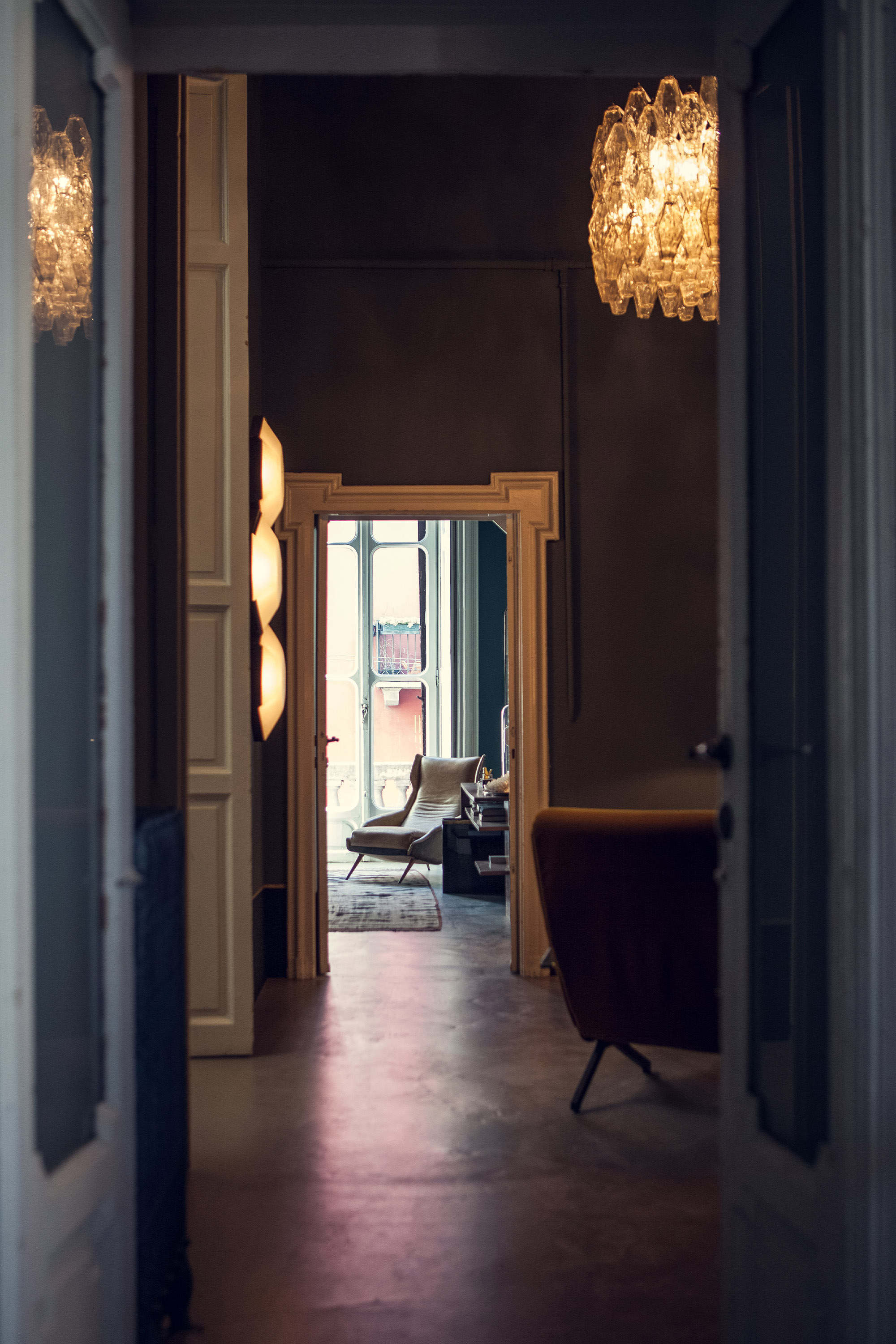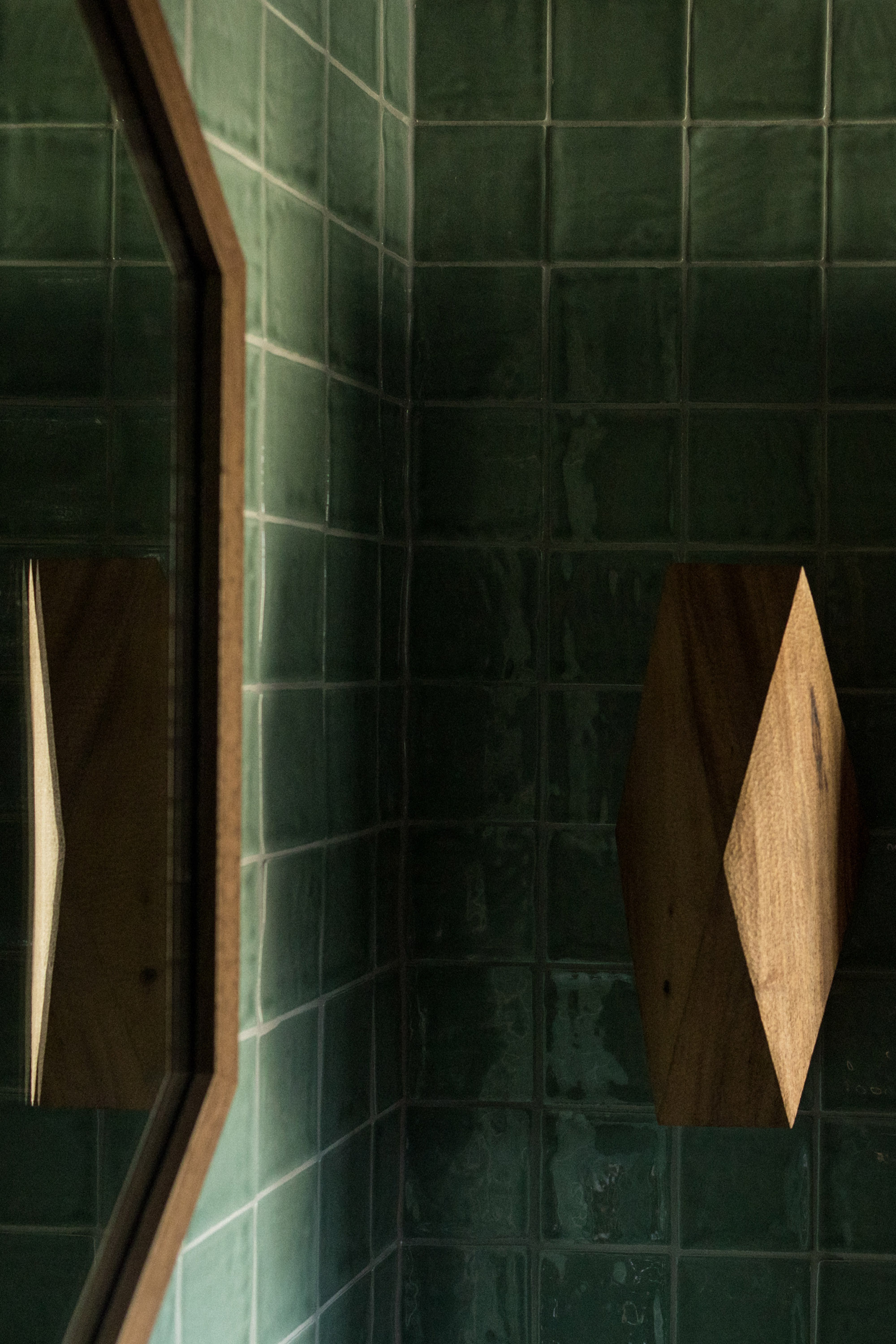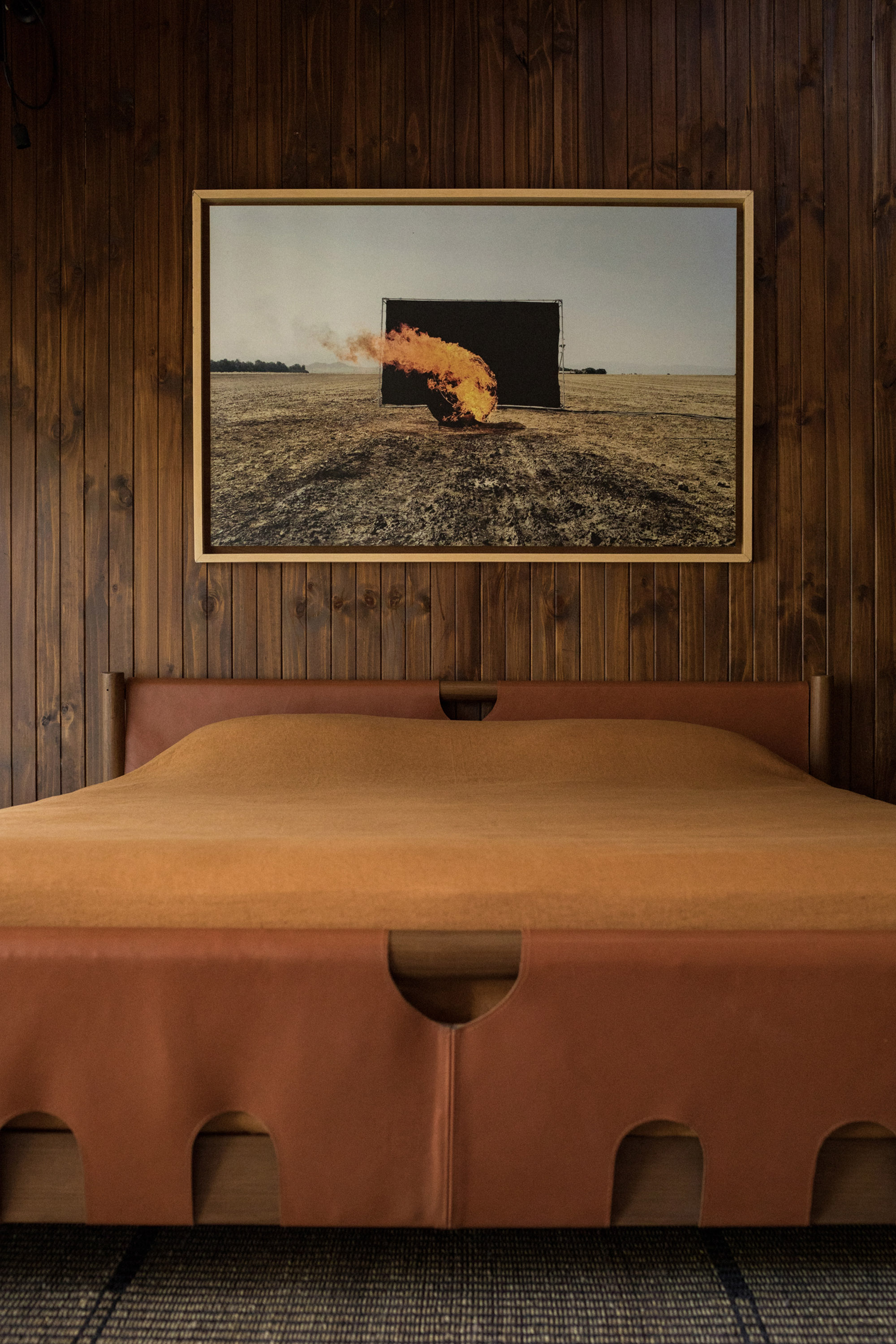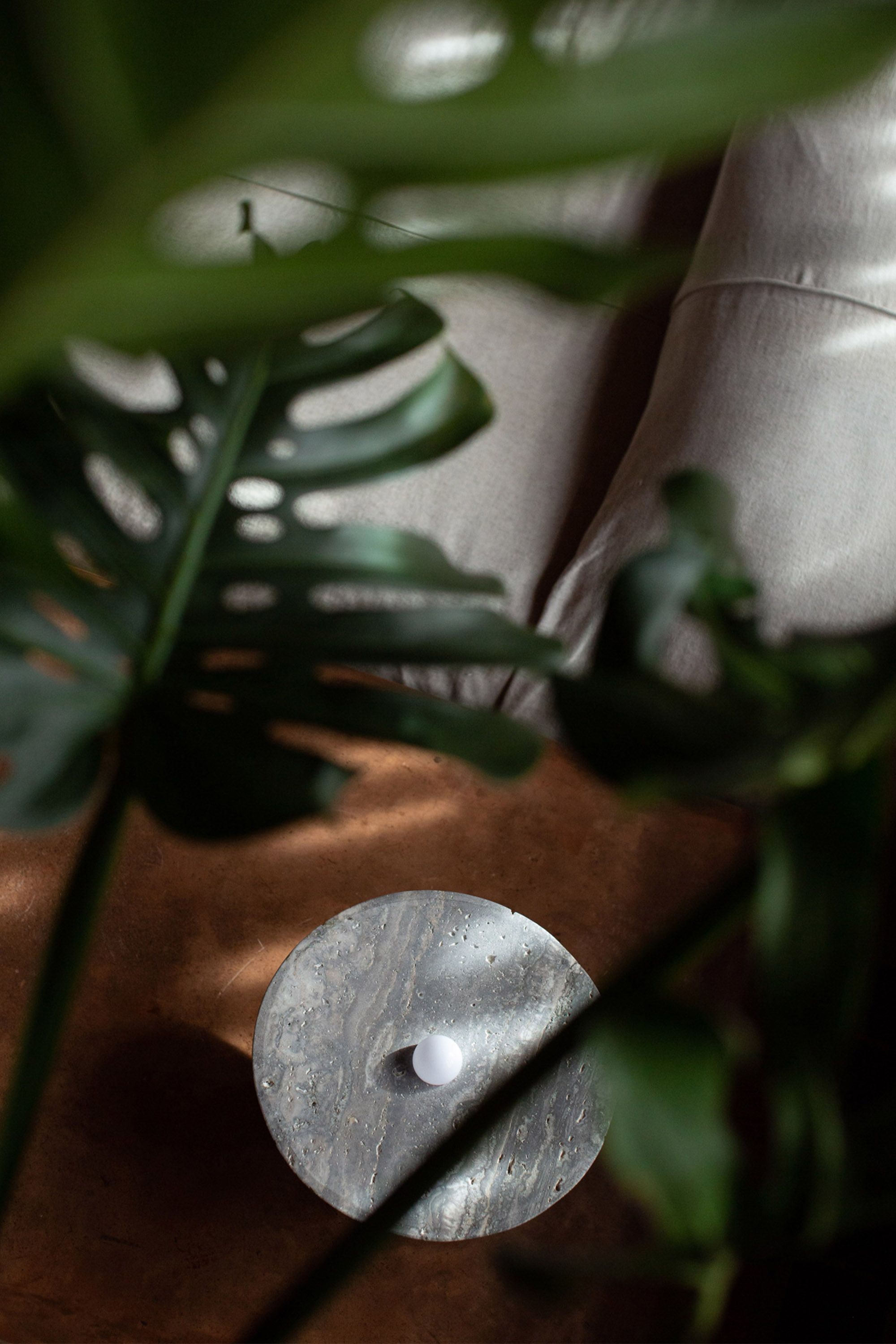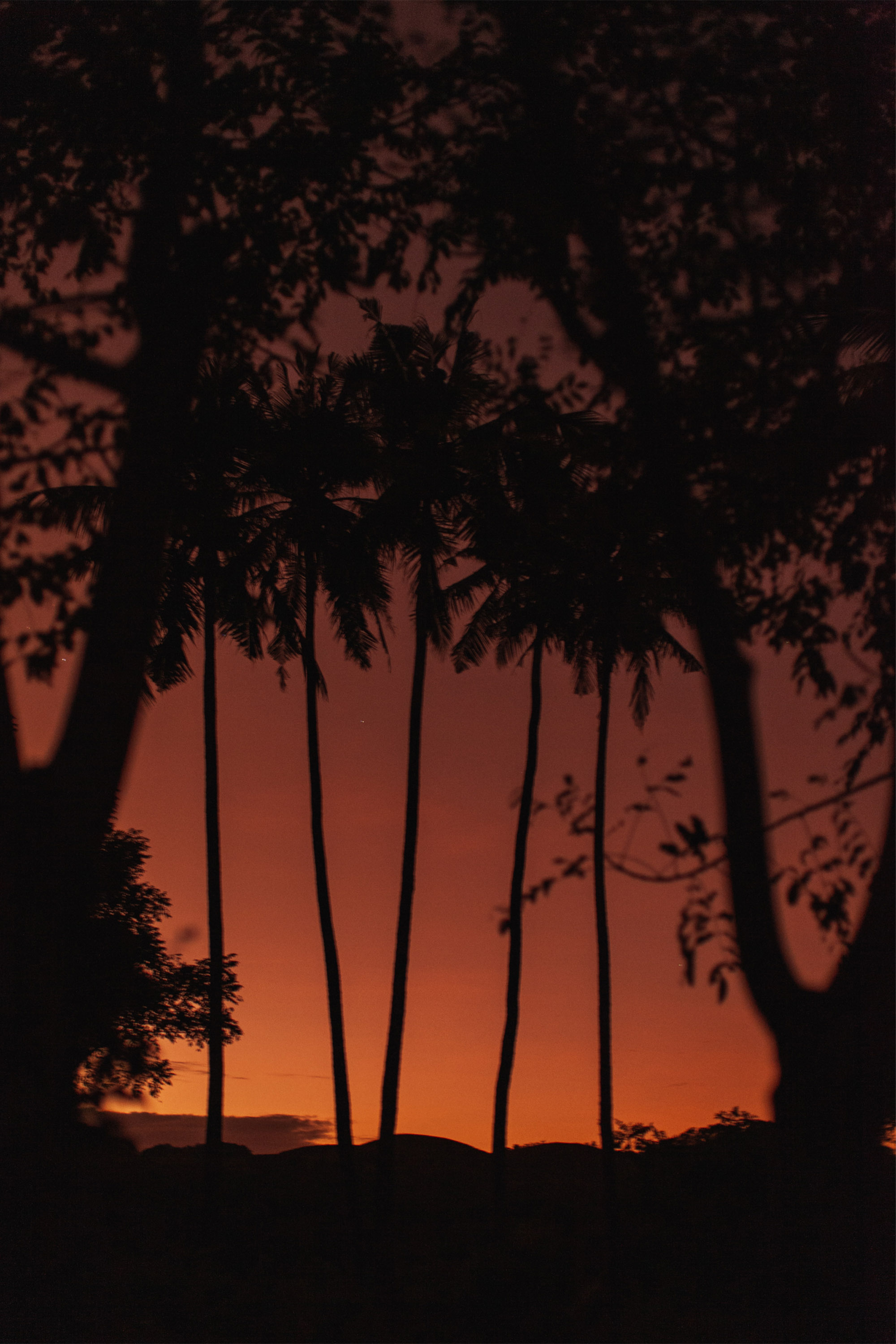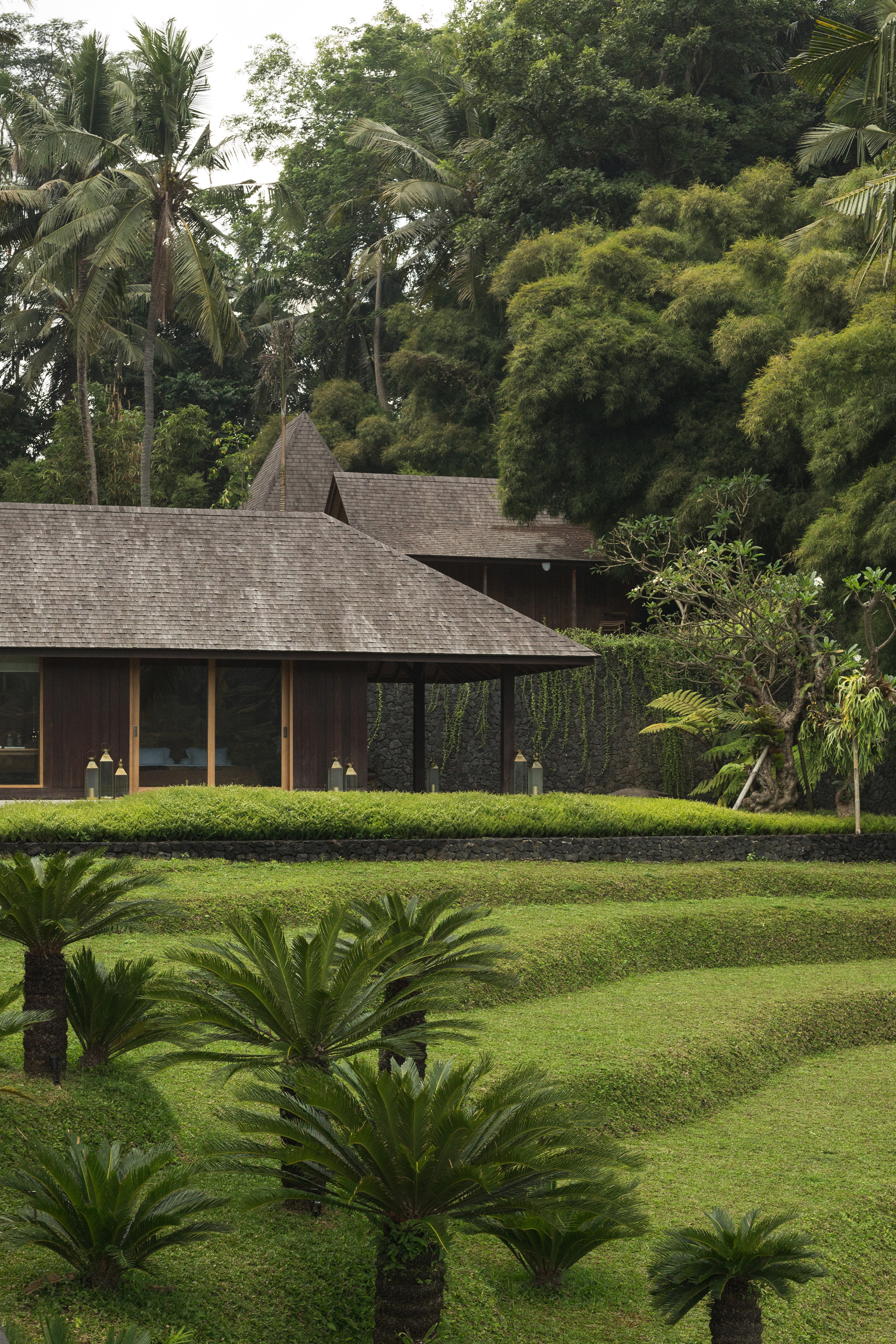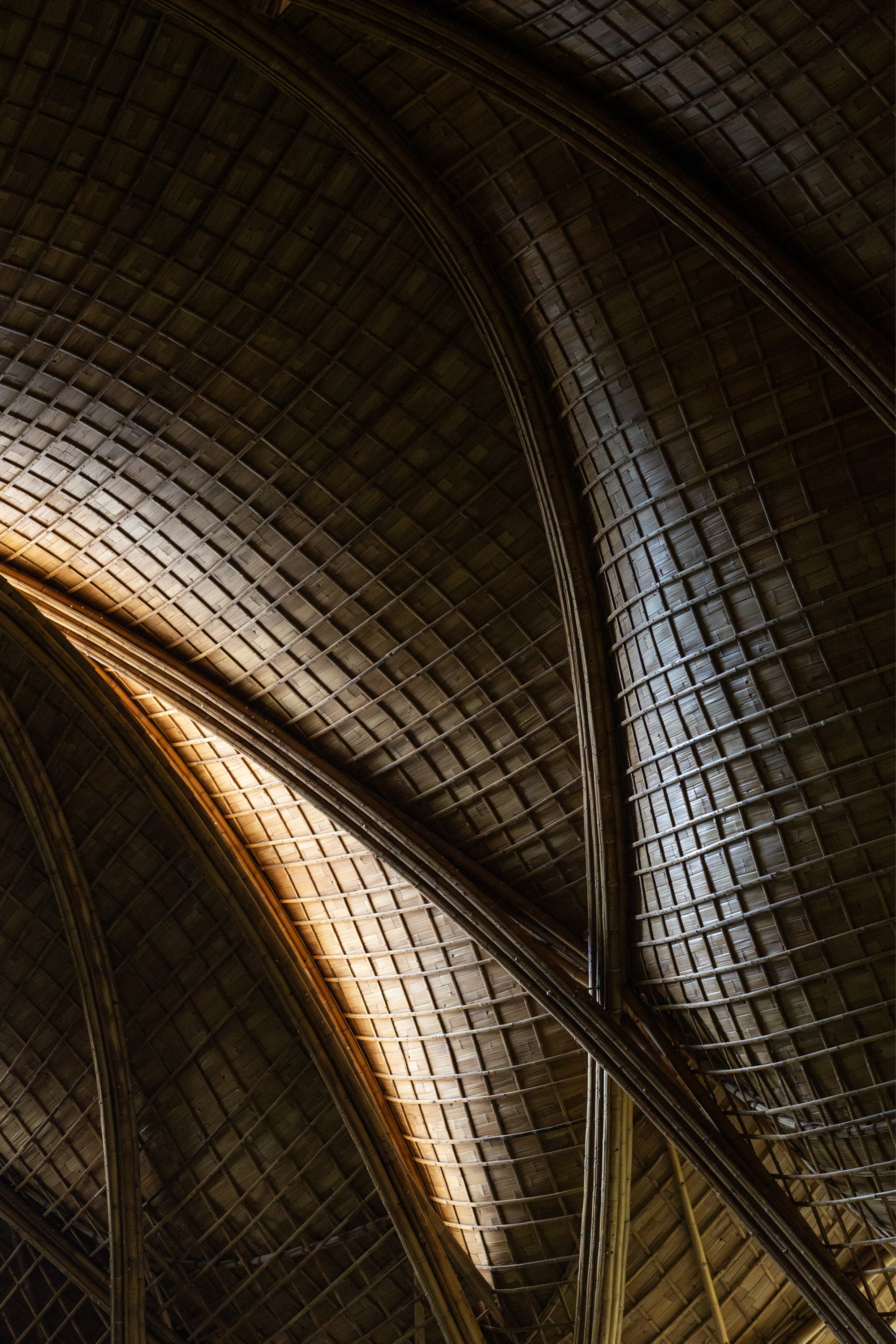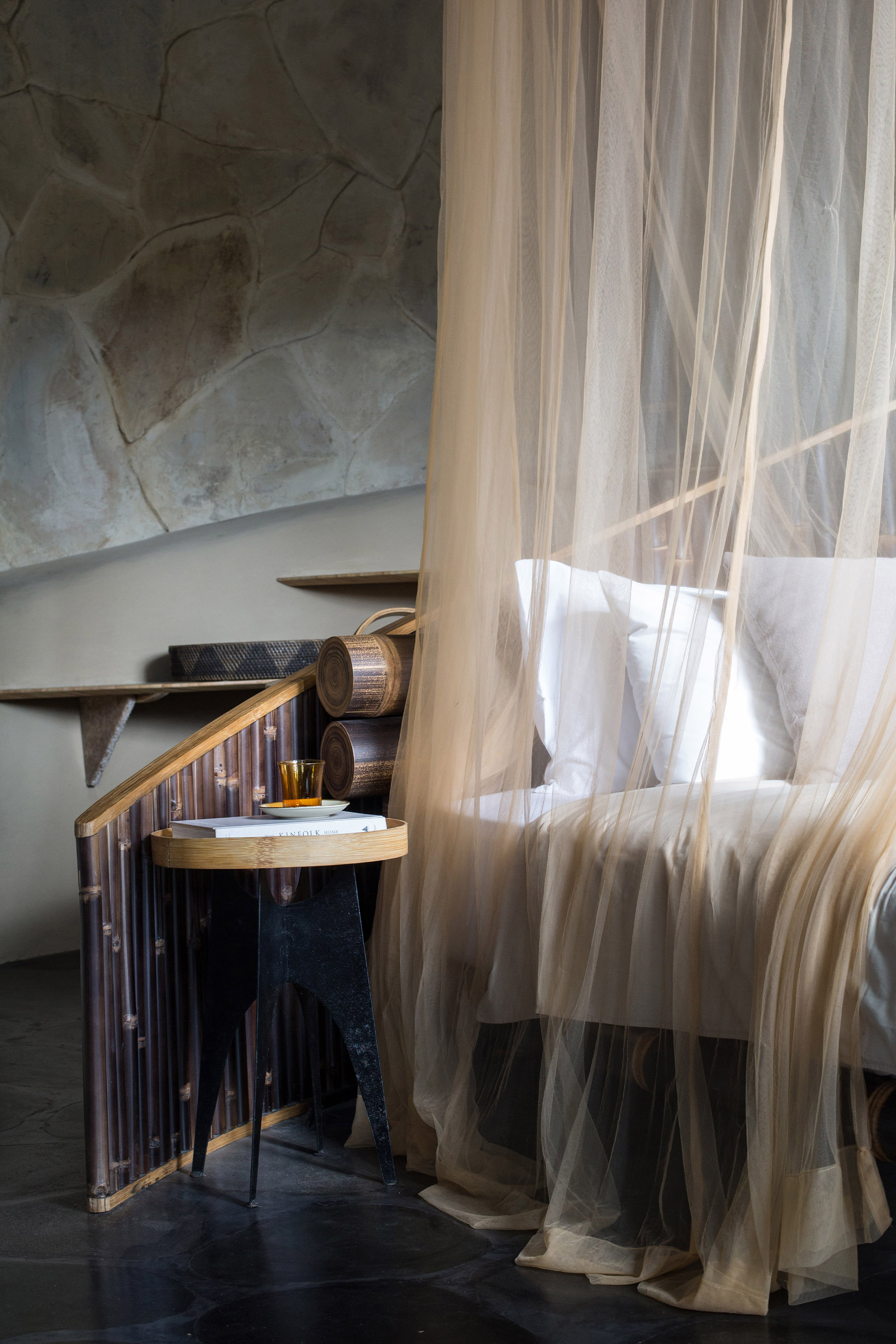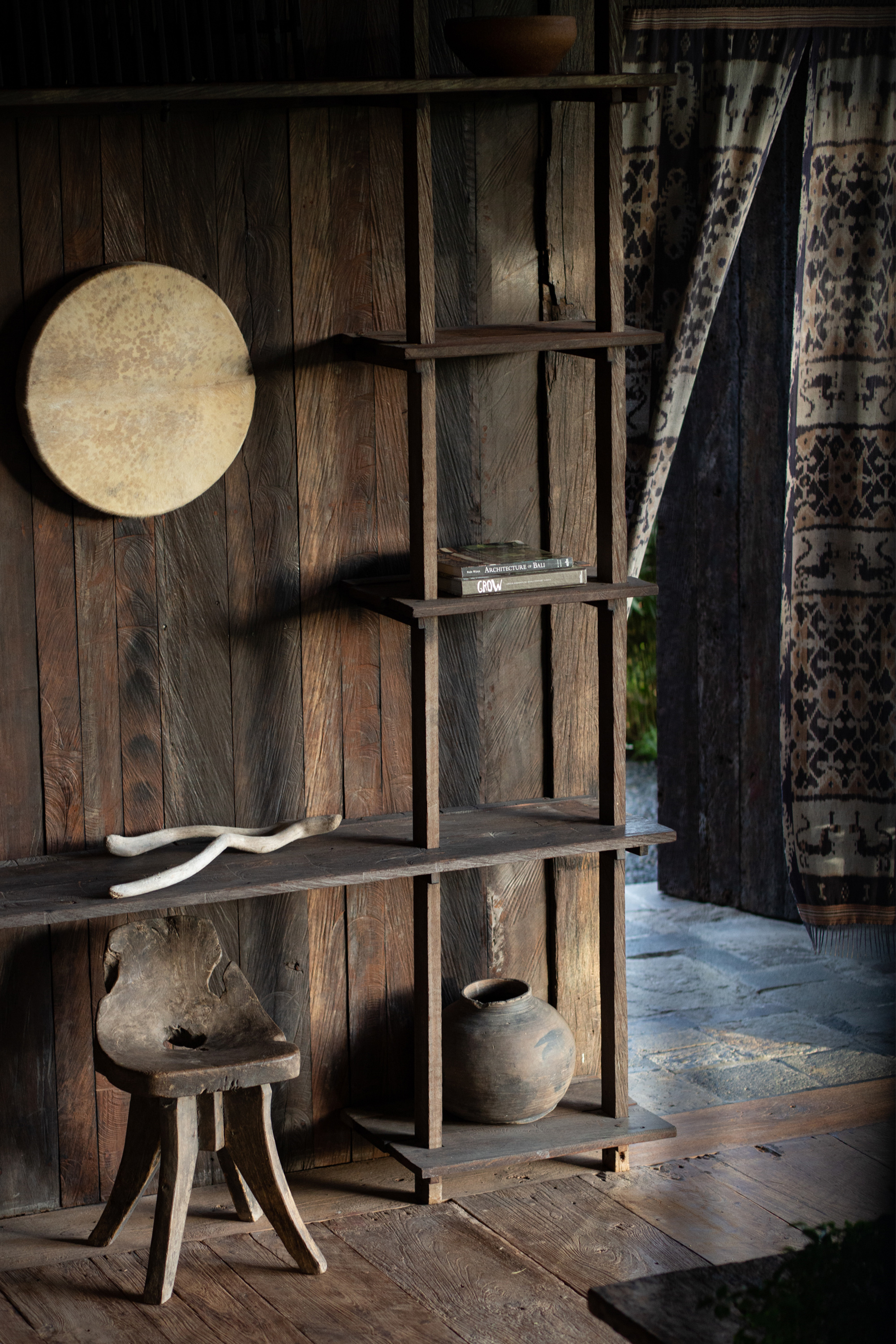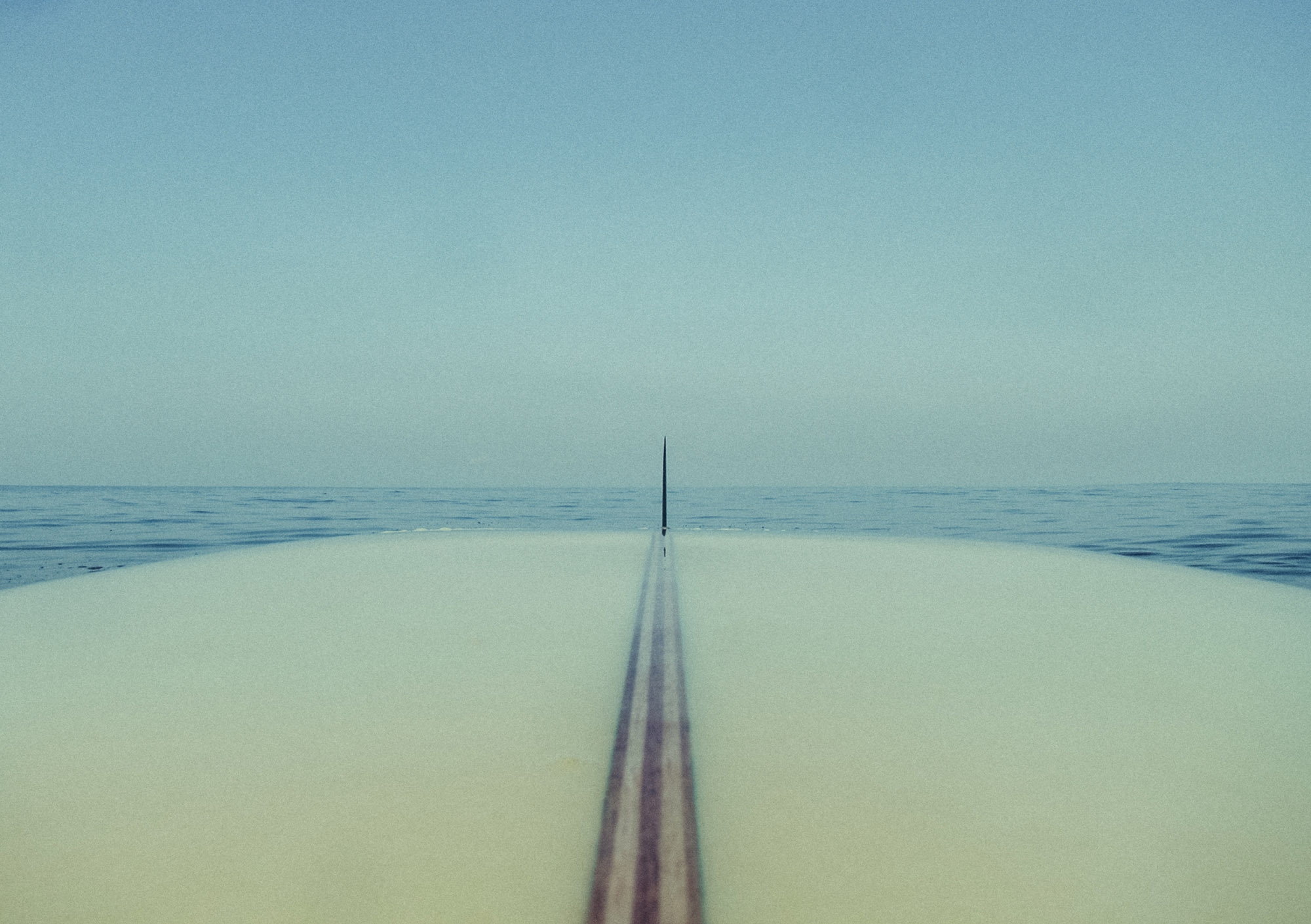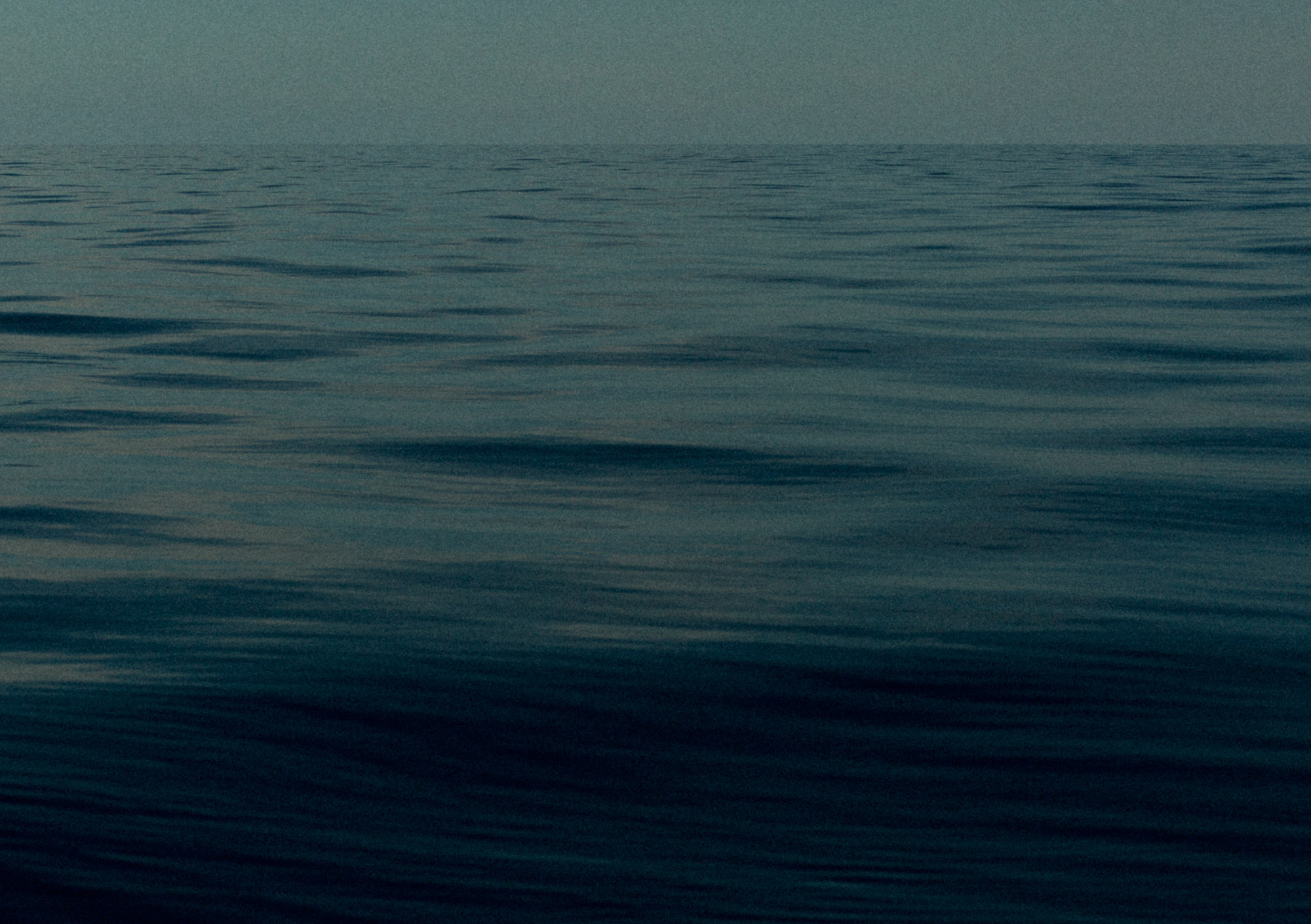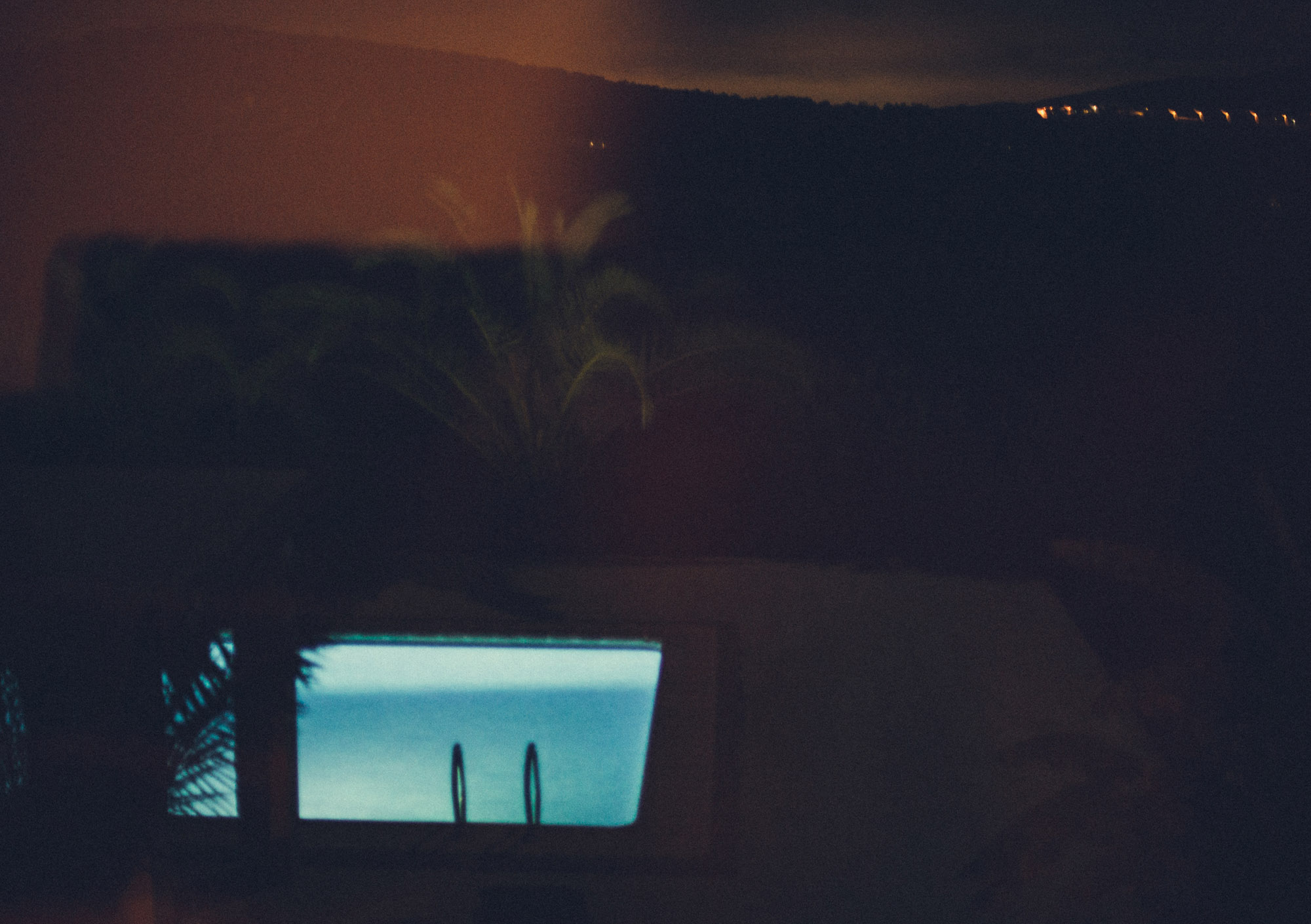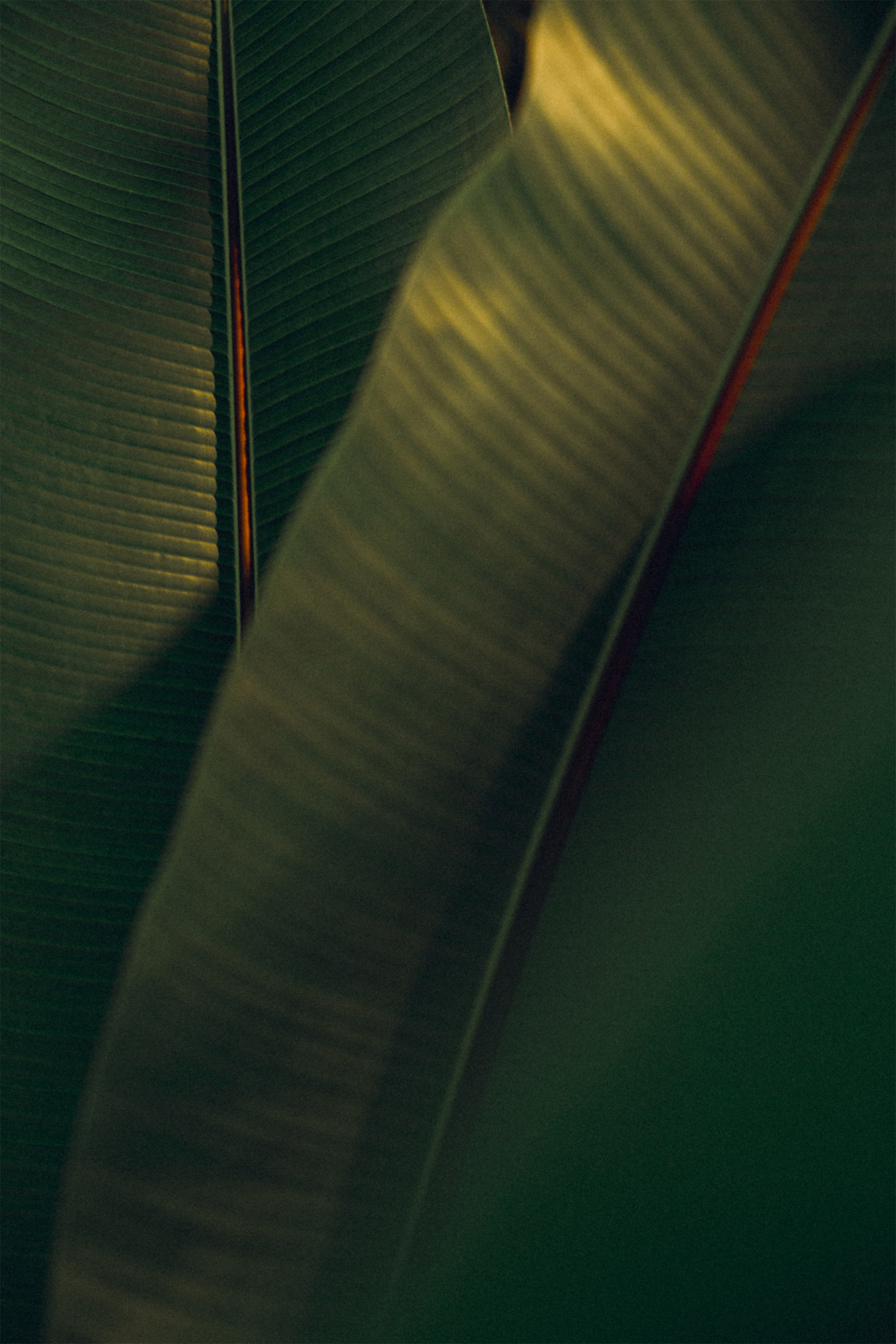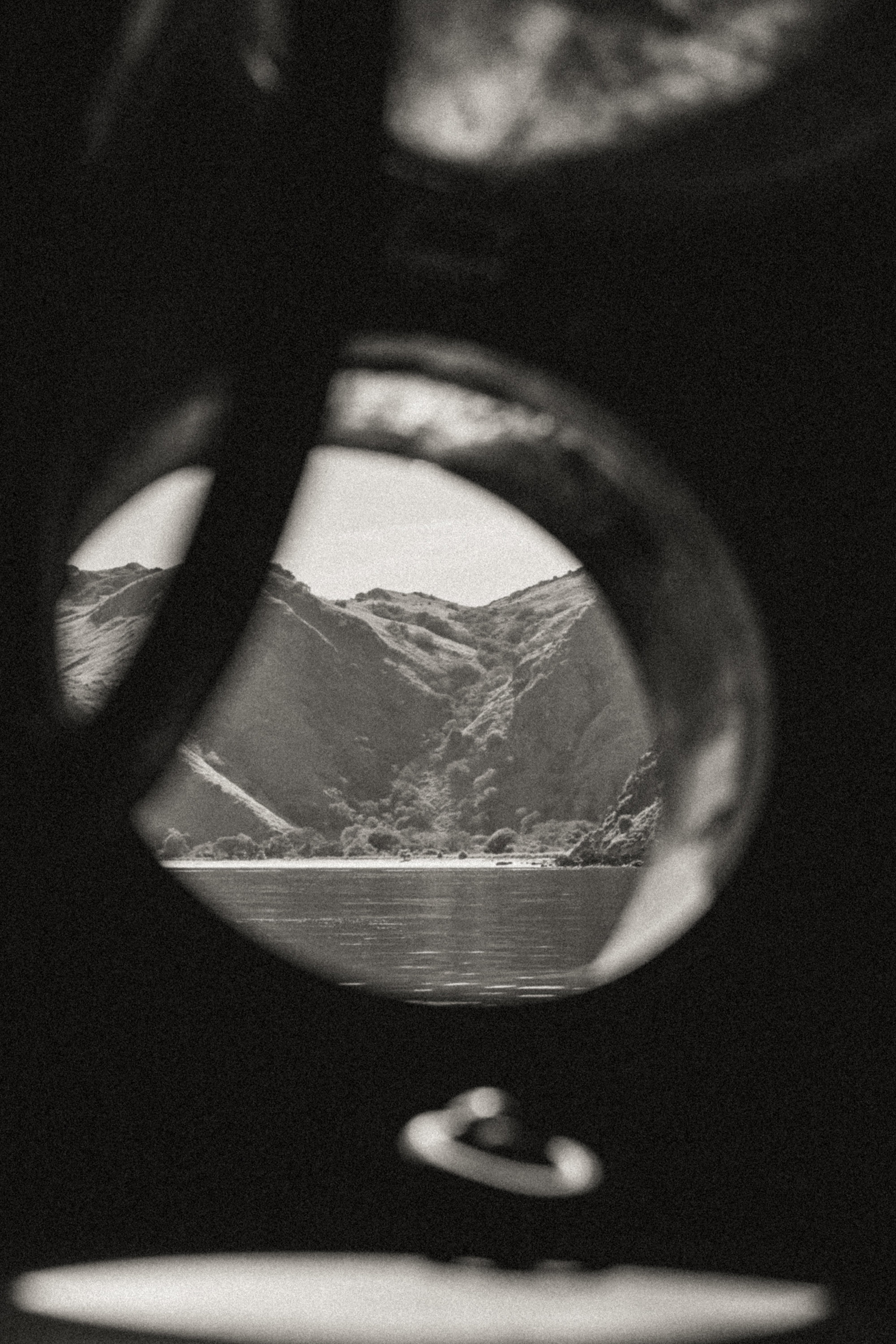Tommaso Riva is an Italian photographer specializing in architecture and interior photography. Living and working between Europe and Asia, he moves through different cities and rhythms, searching for a sense of order that feels his own — finding balance in every pause and transition. In his images, rhythm is always present, yet never hurried. His works are minimal but charged with emotion. “Moody. Minimal.” — as he describes them — is more than a visual style; it is a way of seeing the world.
Photography was not part of Tommaso’s original plan. In 2006, while working in finance in New York and playing jazz at night, the rhythm of the city led him to a different kind of improvisation. “At that time, no one was using iPhones — being photographed was something special,” he recalls. “I knew nothing about photography. I just felt the sudden urge to start shooting people, jazz, the night — all in black and white. People loved to be photographed and it was great to photograph them, no one was on the phone.” New York became the spark that set everything in motion.
A few years later, a turning point came in a café. A photographer he just met showed him a lens, it was a 50mm lens — Tommaso tried it once and immediately knew he had found what he was looking for. The distance, the depth, the ability to capture scenes in low light — it was the point of view he was looking for. After two years he left his job in finance and relocated to Italy, and not long after, he began shooting backstage for fashion. The real epiphany came during a backstage for photographer R. Vimercati. That experience made him realize that his way of working could become a profession: using only prime lenses, no flash, letting the image stay organic and breathe naturally. With limited tools, he learned to observe more deeply.
